Licht für den Wald
Anwendungsmöglichkeiten von Lidar im Forstbereich
Einordnung
Recent advances in remote sensing and data processing are revolutionising our ability to accurately measure tree and forest structure from leaves to landscapes. (Lines et al. 2022)
Over the last 20+ years, lidar technology has fundamentally changed the way we observe and describe forest structure, and it will continue to impact the ways in which we investigate and monitor the relations between forest structure and functions. (Beland et al. 2019)
Das Funktionsprinzip
Funktionsweise
Lidar - Light Detection and Ranging
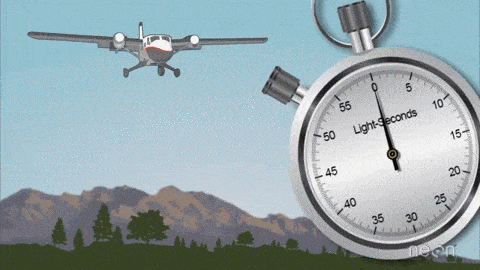
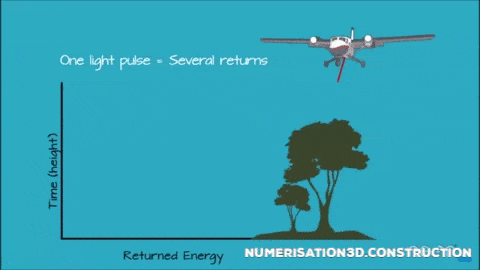
Plattformen
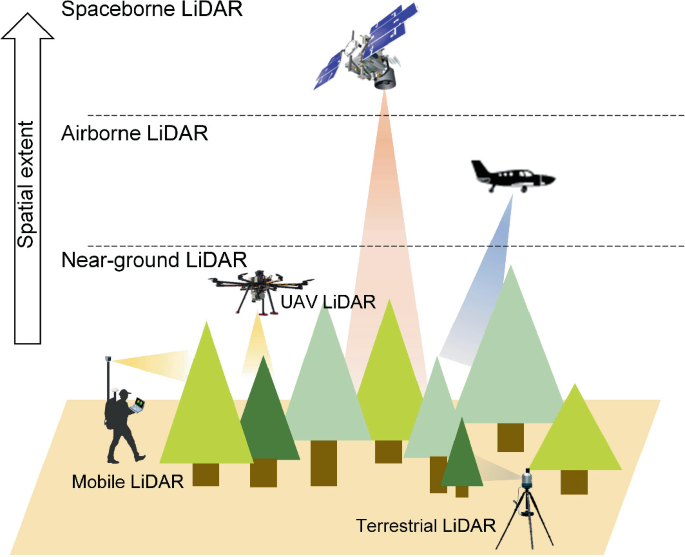
- Spaceborne laser scanning (SLS) - global
- Airborne laser scanning (ALS) - 10-1000 km²
- Unmanned aerial vehicle laser scanning (ULS) - 0.02-10 km²
- Mobile laser scanning (MLS) - 5-100 ha
- Personal laser scanning (PLS) - 0.25-5 ha
- Terrestrial laser scanning (TLS) - 0.01-1 ha
aus (Guo et al. 2022)
Die Datenverfügbarkeit
Europa
Länder in Europa mit ALS Daten als Open Data:
(Austria) , Belgium , Denmark , England , Estonia , Finland , France , (Ireland) , Italy , Latvia , Luxembourg , Netherlands , Norway , Poland , Portugal , Scotland , Slovakia , Slovenia , Spain , Catalonia (Spain) , Sweden , Switzerland , (Wales)
aus Moudrý et al. (2023)
-> Die meisten Europäischen Länder stellen die Daten kostenfrei zur Verfügung
Deutschland
Bundesländer mit ALS-Daten als Open Data:
Bayern, Berlin, Brandenburg, Hessen, Nordrhein-Westfalen, Saarland, Sachsen-Anhalt, Sachsen, Thüringen
Aktuelle Liste unter github.com/wiesehahn/lidar-availability
-> In Deutschland bisher sehr unterschiedliche Verfügbarkeiten (Datenformat, Kosten, etc.)
Niedersachsen
Die Daten sind kostenpflichtig, aber für NW-FVA über Kooperationsvertrag nutzbar
- Die Daten haben eine Punktdichte von >= 4 Punkte pro m²
- Flächige Abdeckung mit Daten von ~ 2013-2020
- Daten außerhalb der Vegetationszeit
- 2023 evtl. Daten aus Eigenbefliegung für den Solling
-> Daten in Niedersachsen recht heterogen, trotzdem nutzbar
Niedersachsen
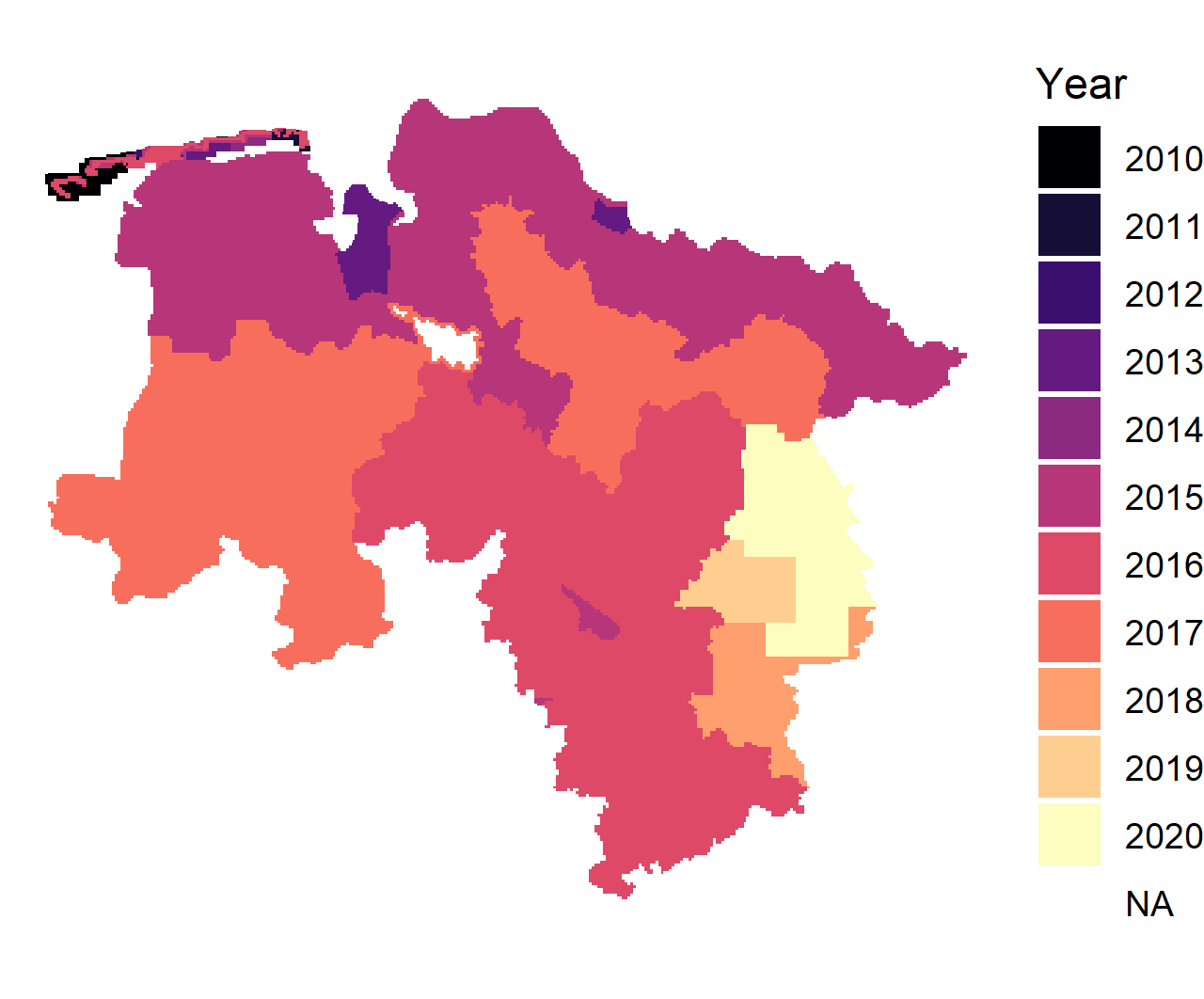
Figure 1: Verfügbarkeit von ALS Daten in Niedersachsen nach Aufnahmejahr
ALS Datenverfügbarkeit Niedersachsen

Figure 2: Verfügbarkeit von ALS Daten in Niedersachsen nach Aufnahmemonat
Digitaler Zwilling Deutschland
Projekt für eine bundesweite Lidar-Erfassung

- Befliegung ab 2023(?)
- Datenverfügbarkeit ab ?
- Wiederholung alle 3 Jahre geplant(?), vorerst 2x
- Befliegung März bis Oktober (Vegetationszeit)
- ca. >=40 Punkte (Pulses) pro m²
- Single Photon Lidar (anderes Sensorprinzip)
- Daten nicht frei zugänglich
- primär für Bundesbehörden gedacht
Die Daten
Punktwolke
XYZ-Koordinaten - als Textdatei / LAS / LAZ / COPC
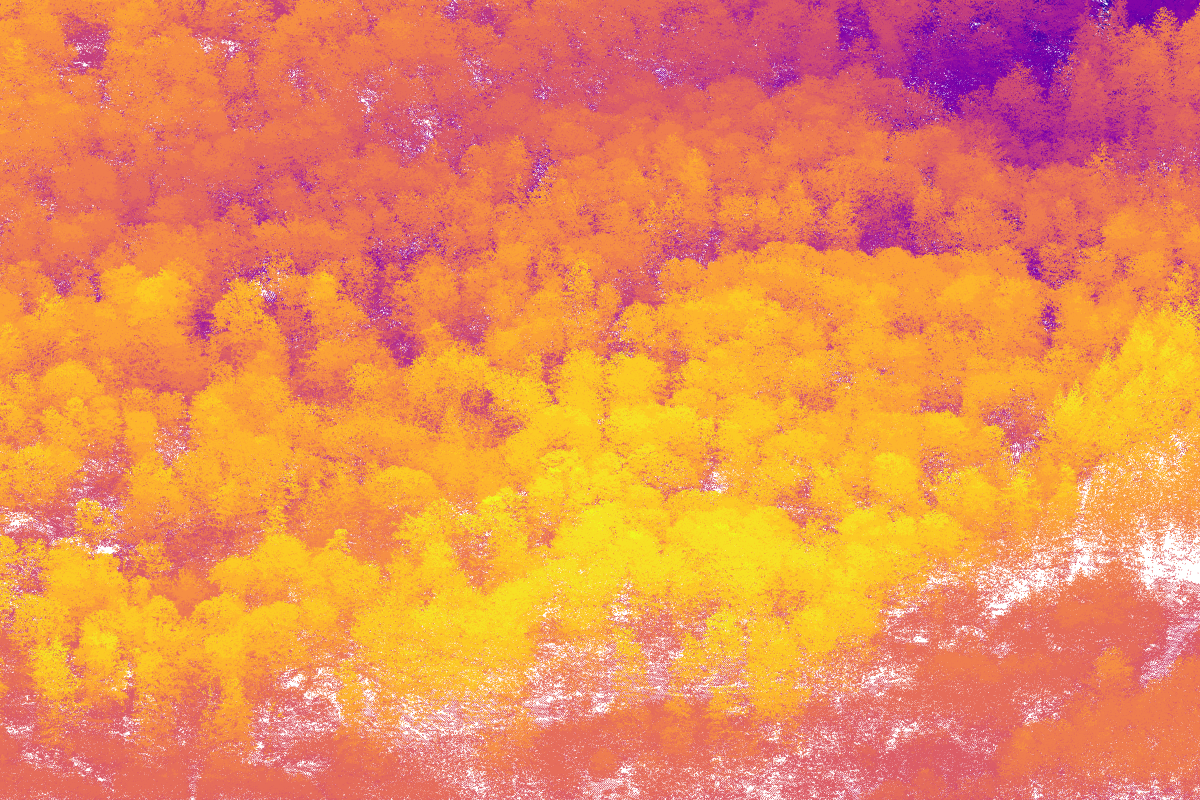
Attribute -XYZ
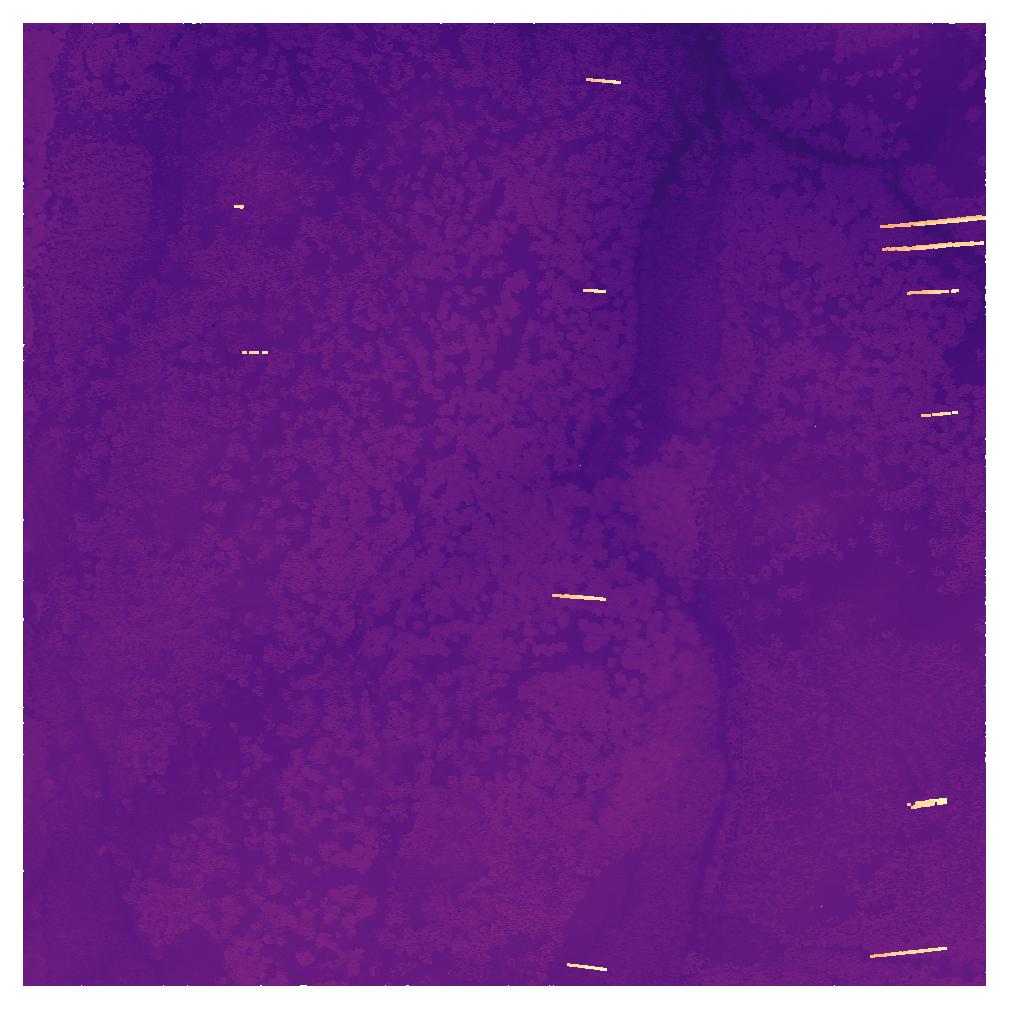

Attribute -Number of Returns


Attribute -Return Number
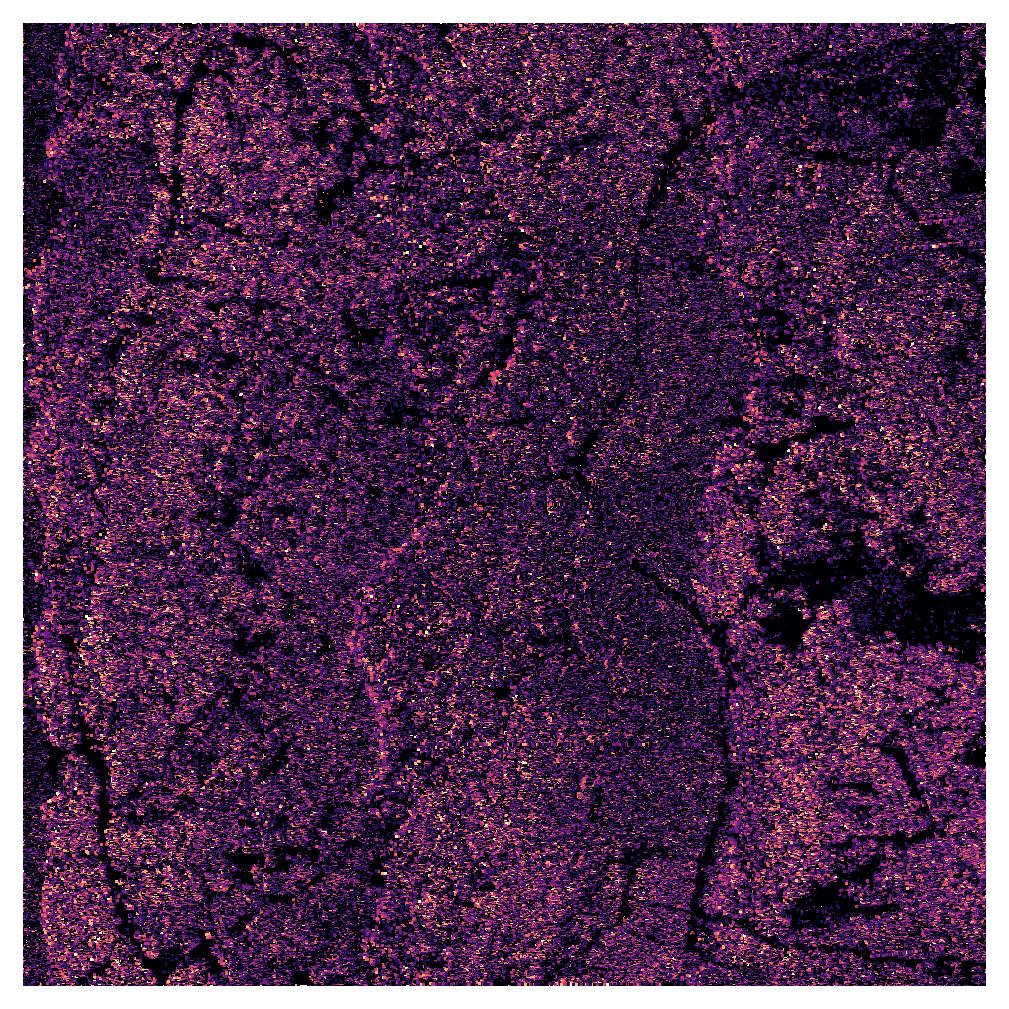

Attribute -Intensity
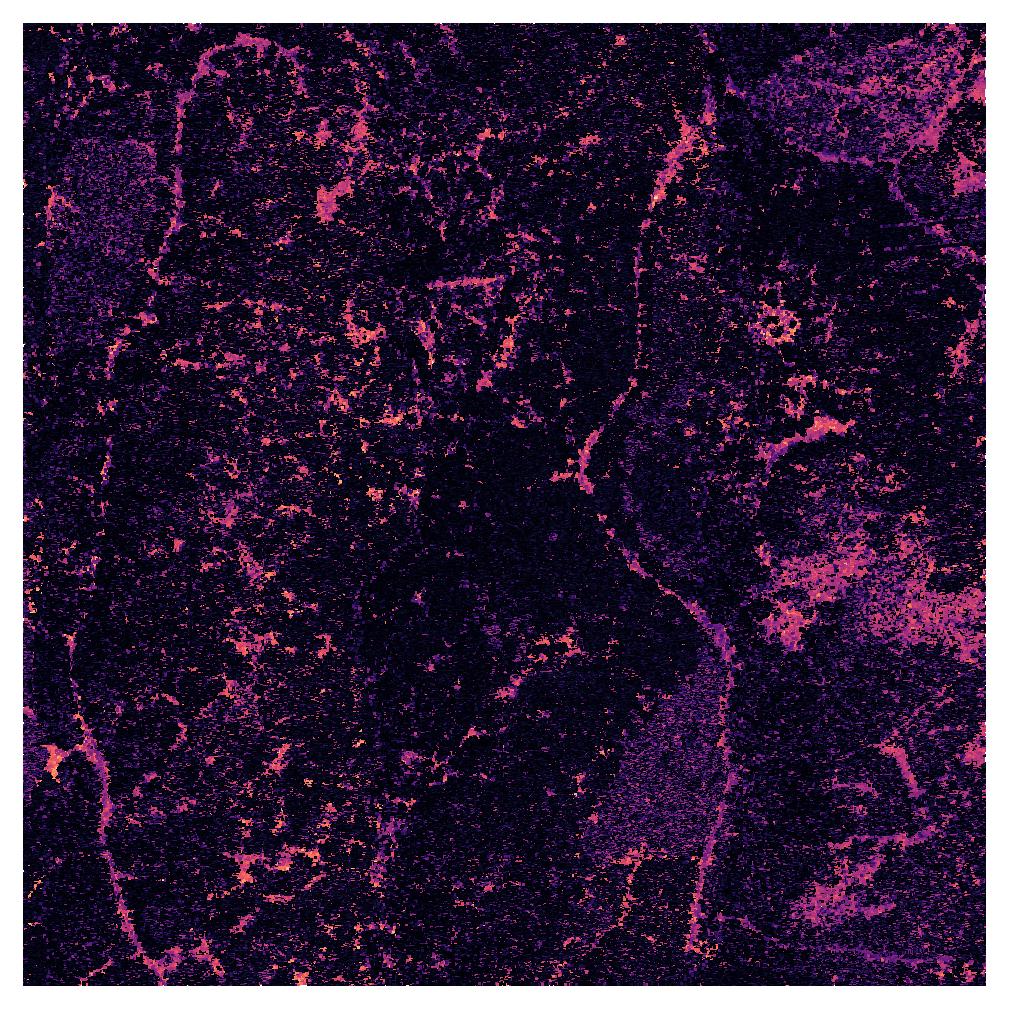

abgeleitete Standardprodukte
Punkte werden reduziert auf Oberfläche / Gelände
Gelände
= Digitales Geländemodell (DGM)
= Digital Terrain Model (DTM)
Oberfläche
= Digitales Oberflächenmodell (DOM)
= Digital Surface Model (DSM)
normalisierte Oberfläche
= normalisiertes Oberfllächenmodell (nDOM)
= normalized Surface Model (nDSM)
= Canopy Height Model (CHM)
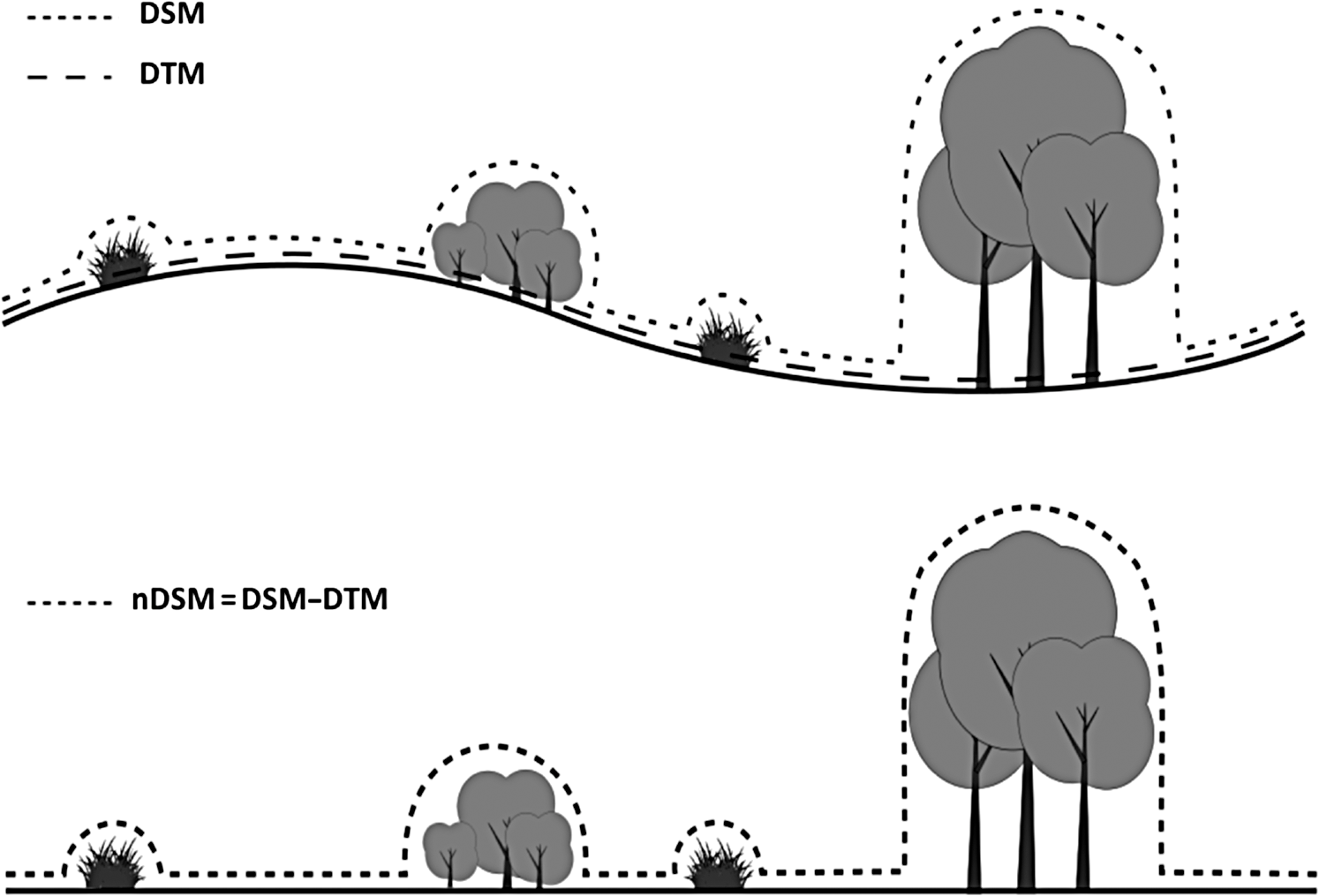
abgeleitete Standardprodukte
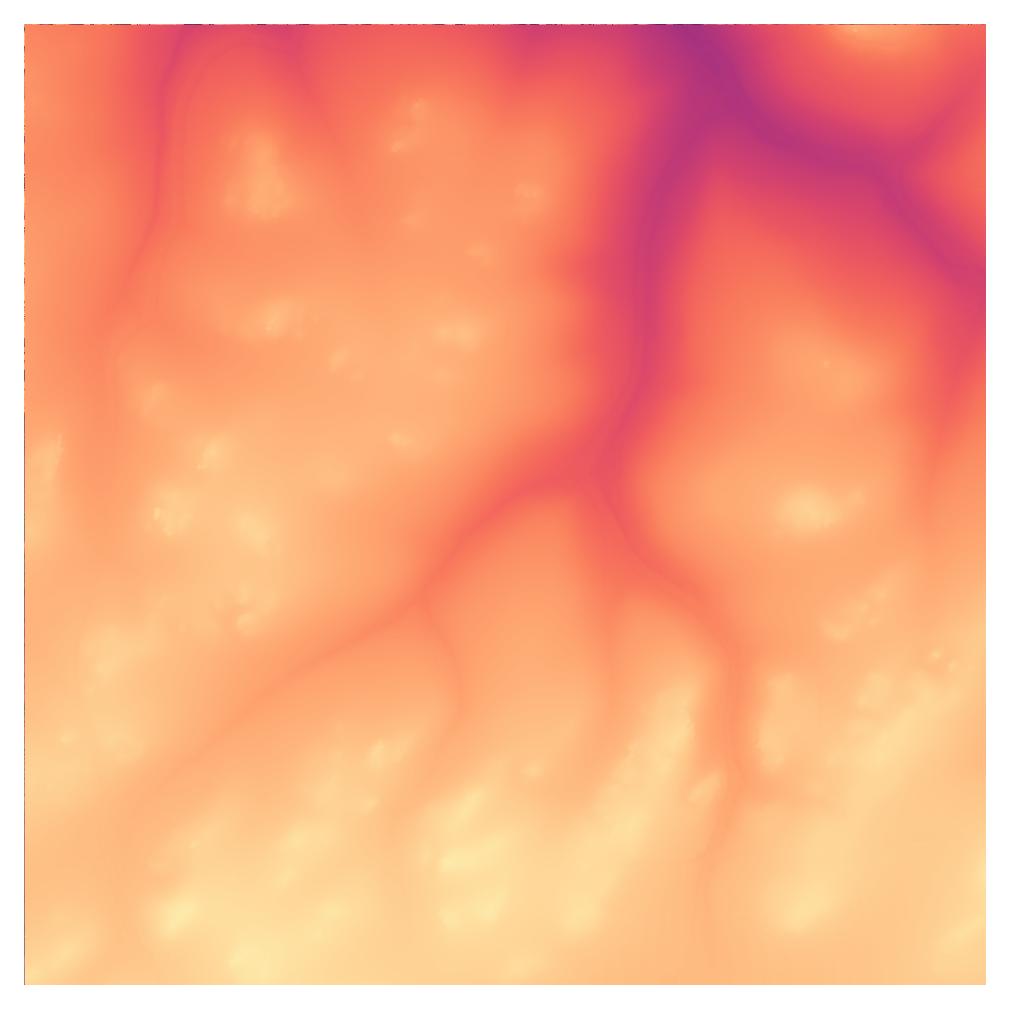
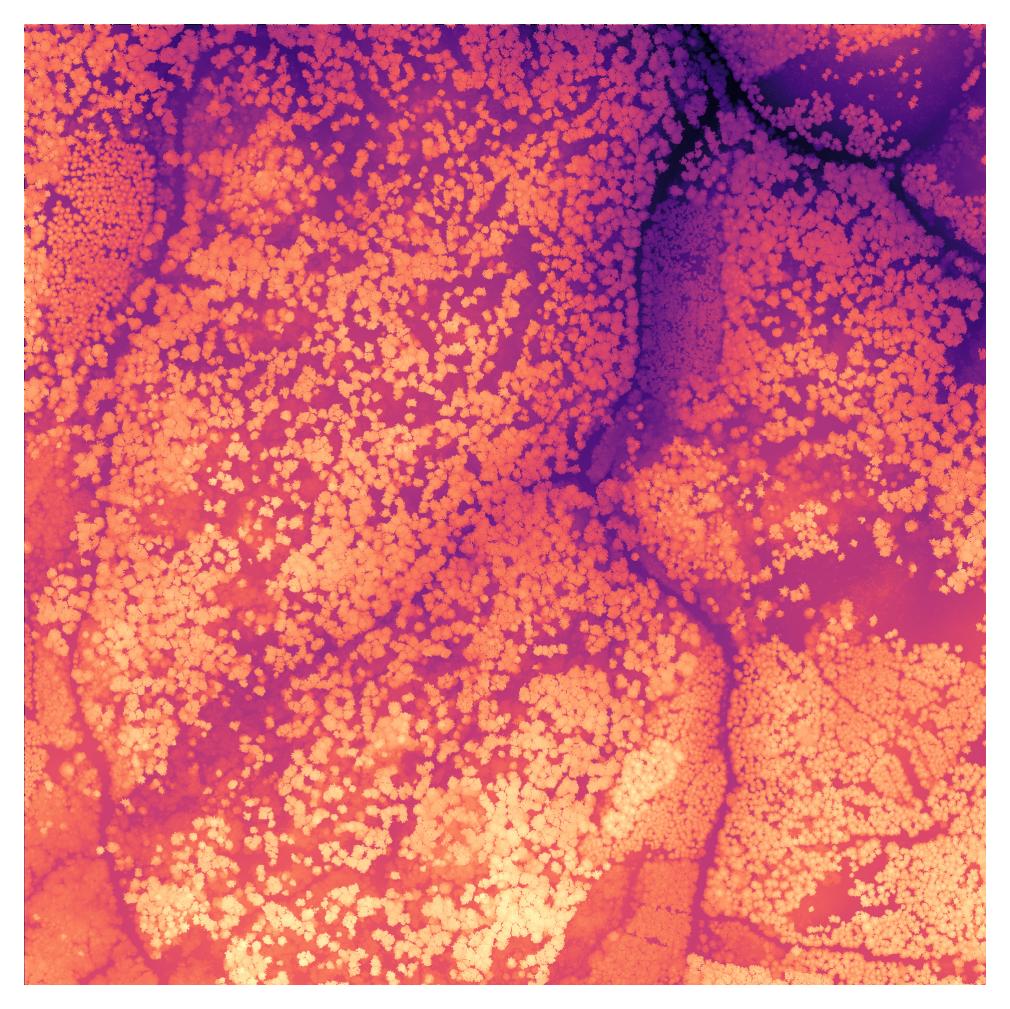
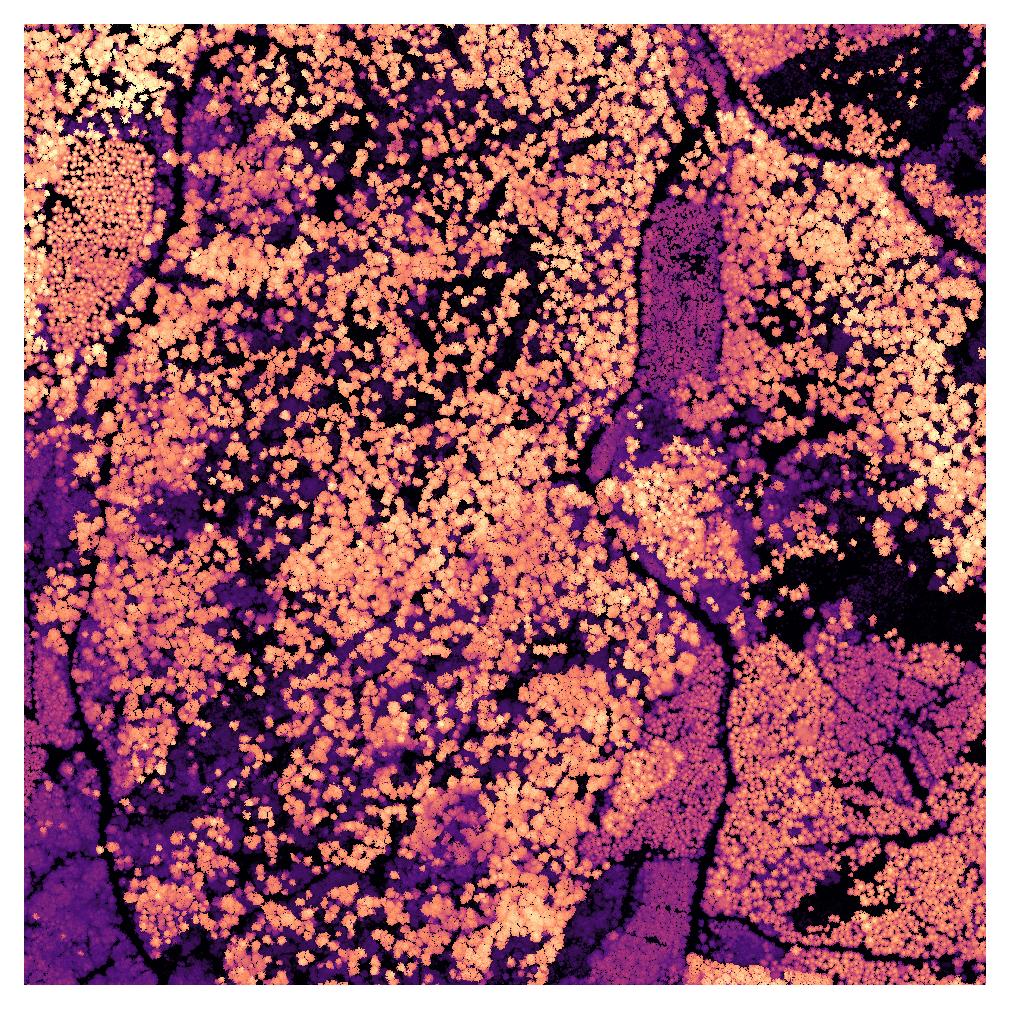
beyond Standardprodukte
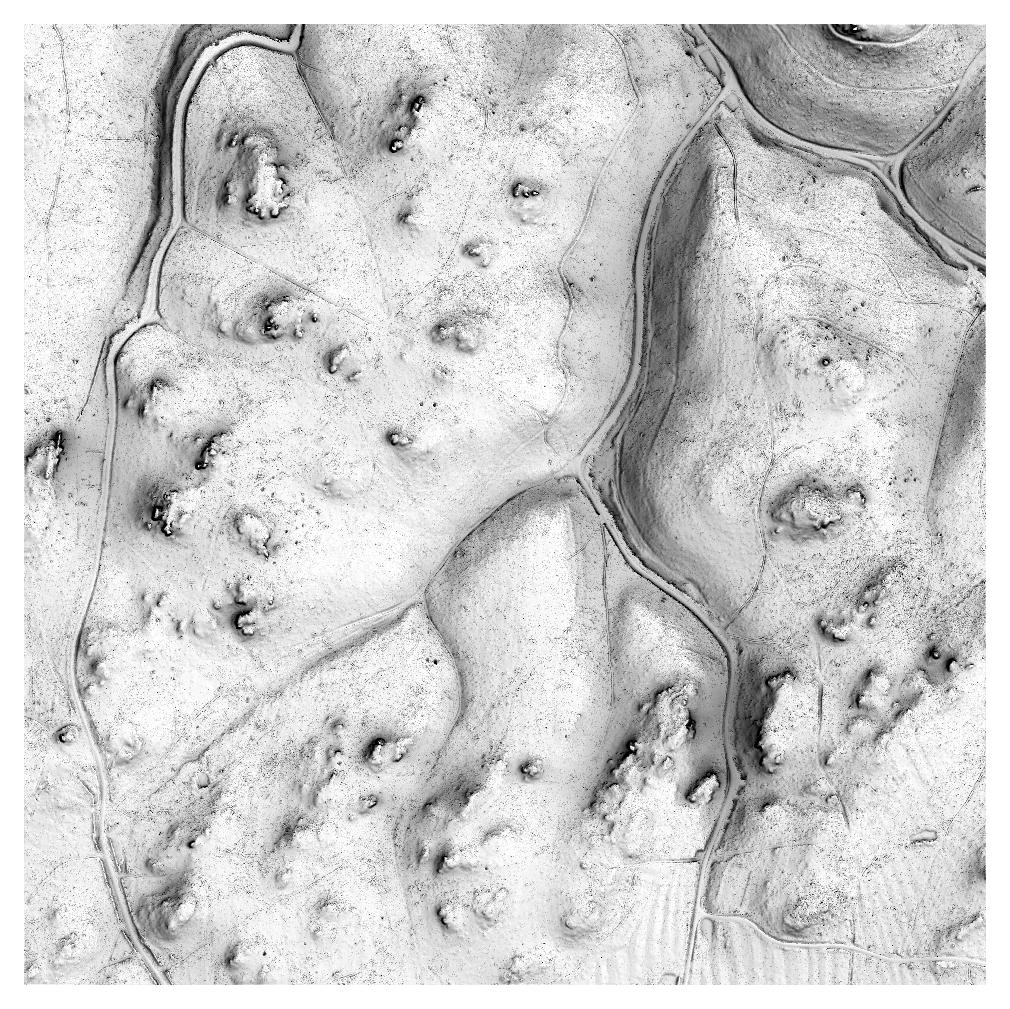
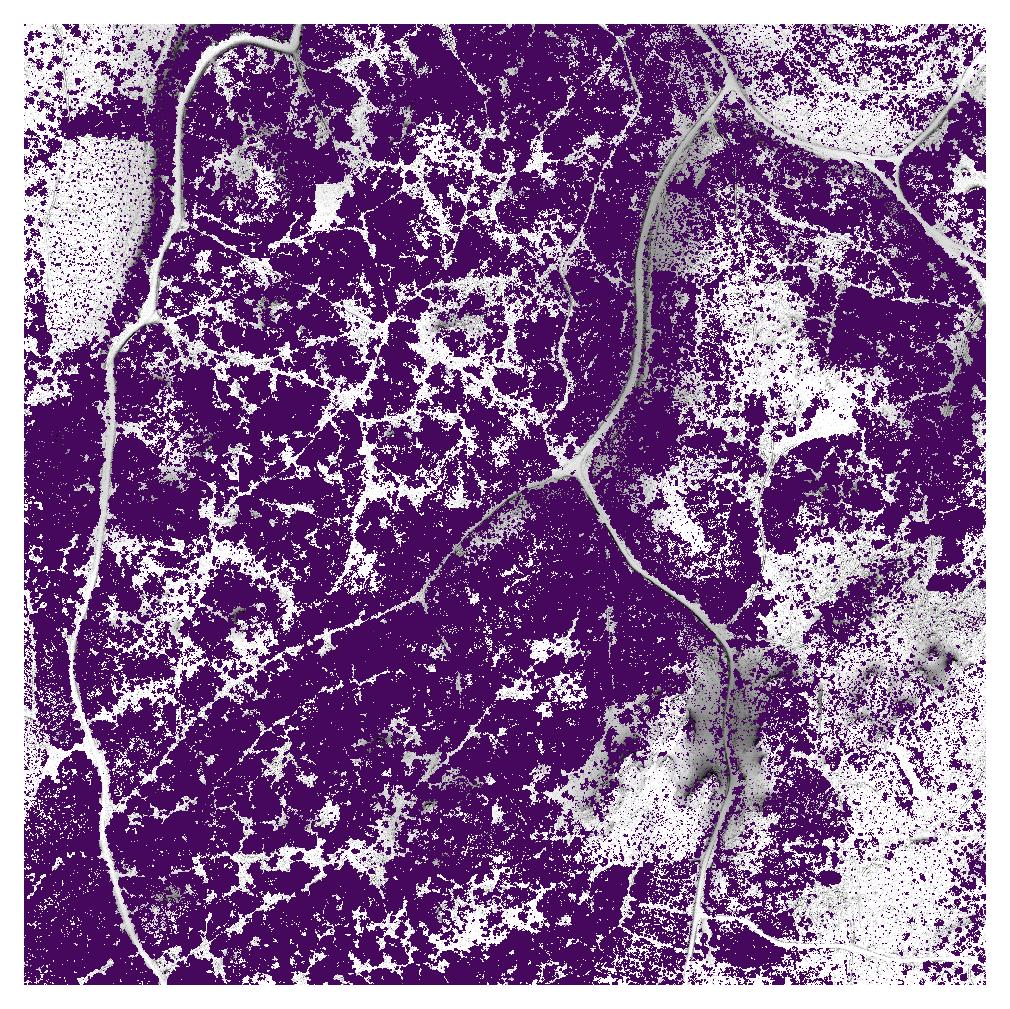
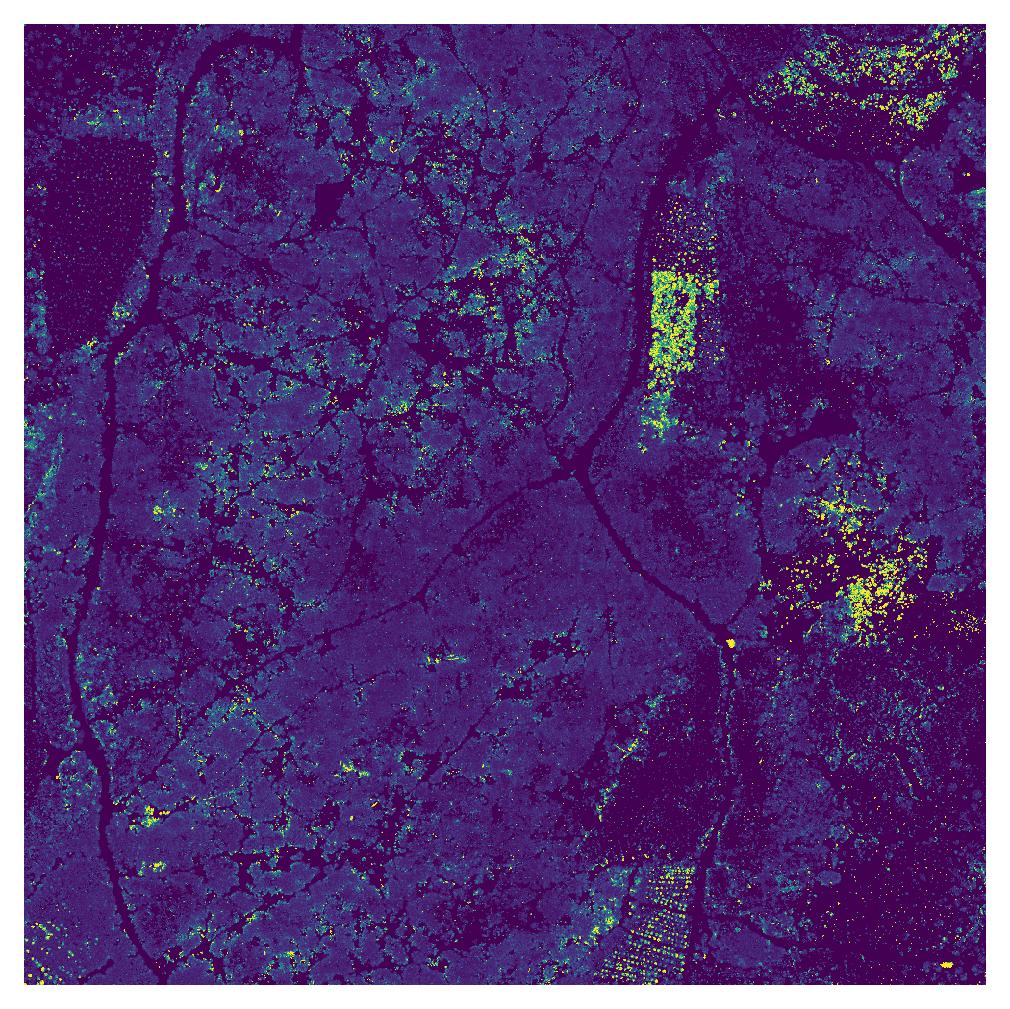
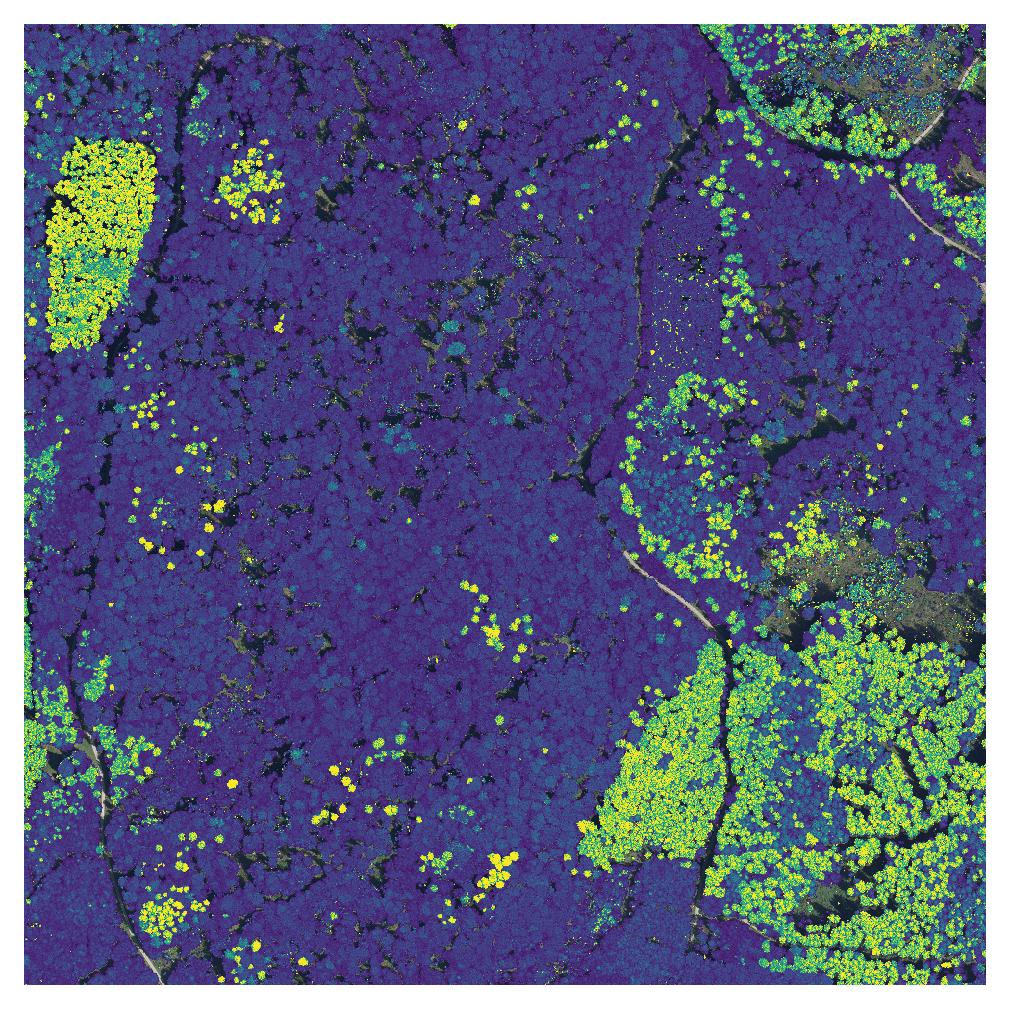
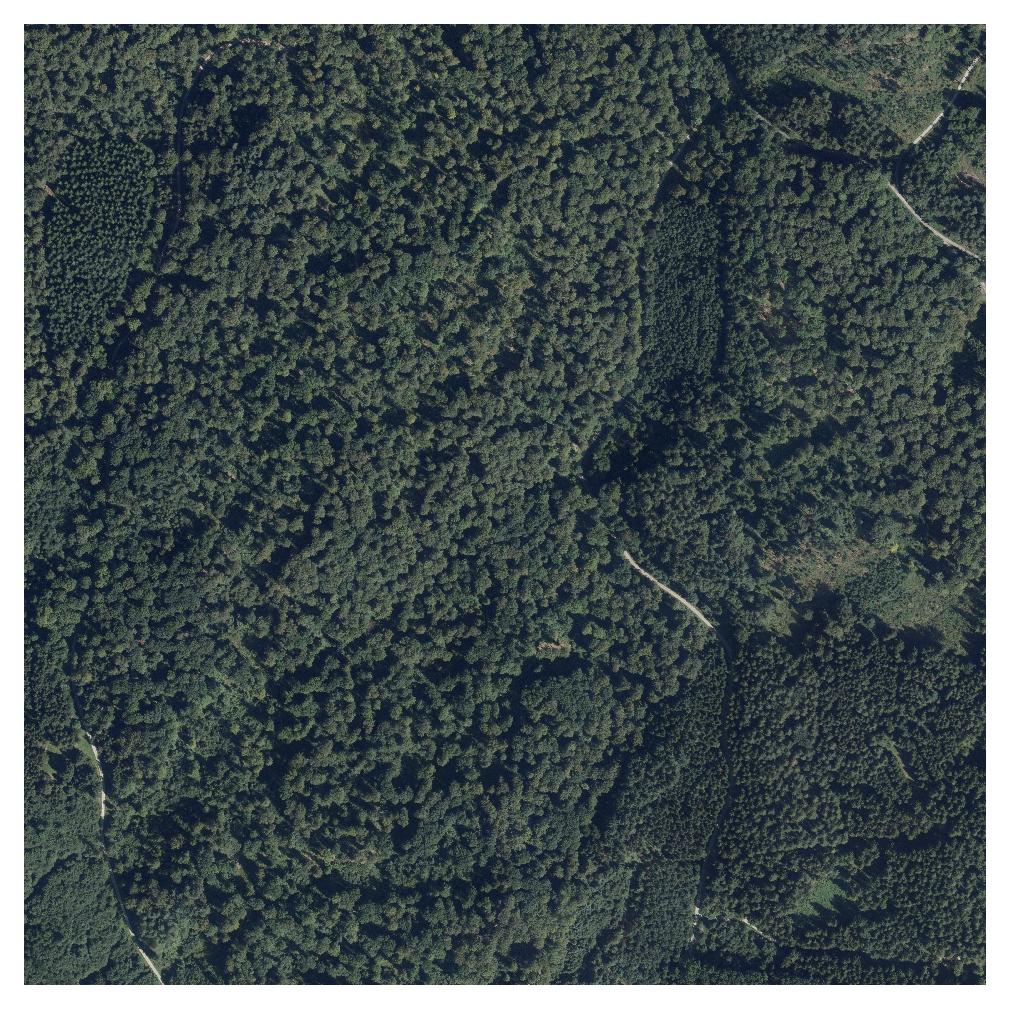
Punktbasierte Analysen
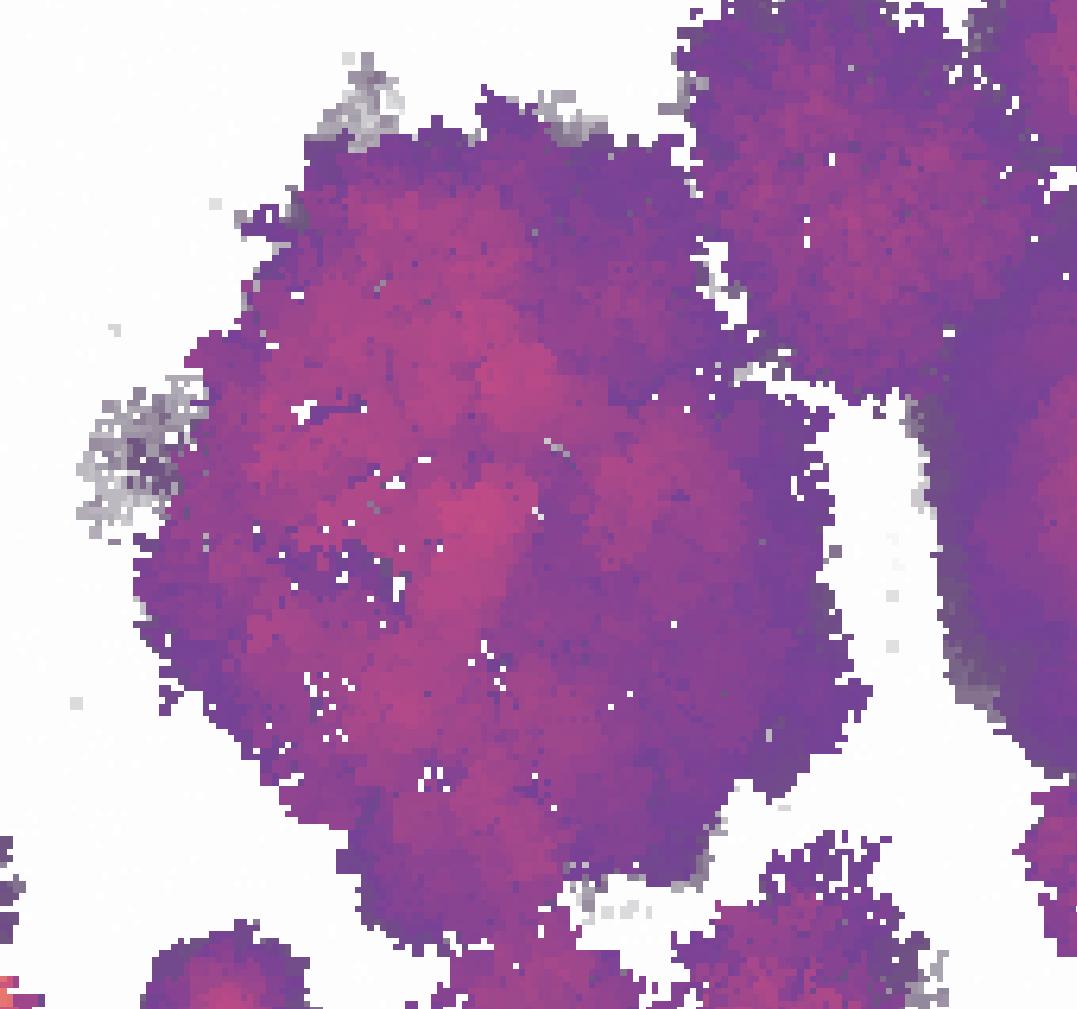
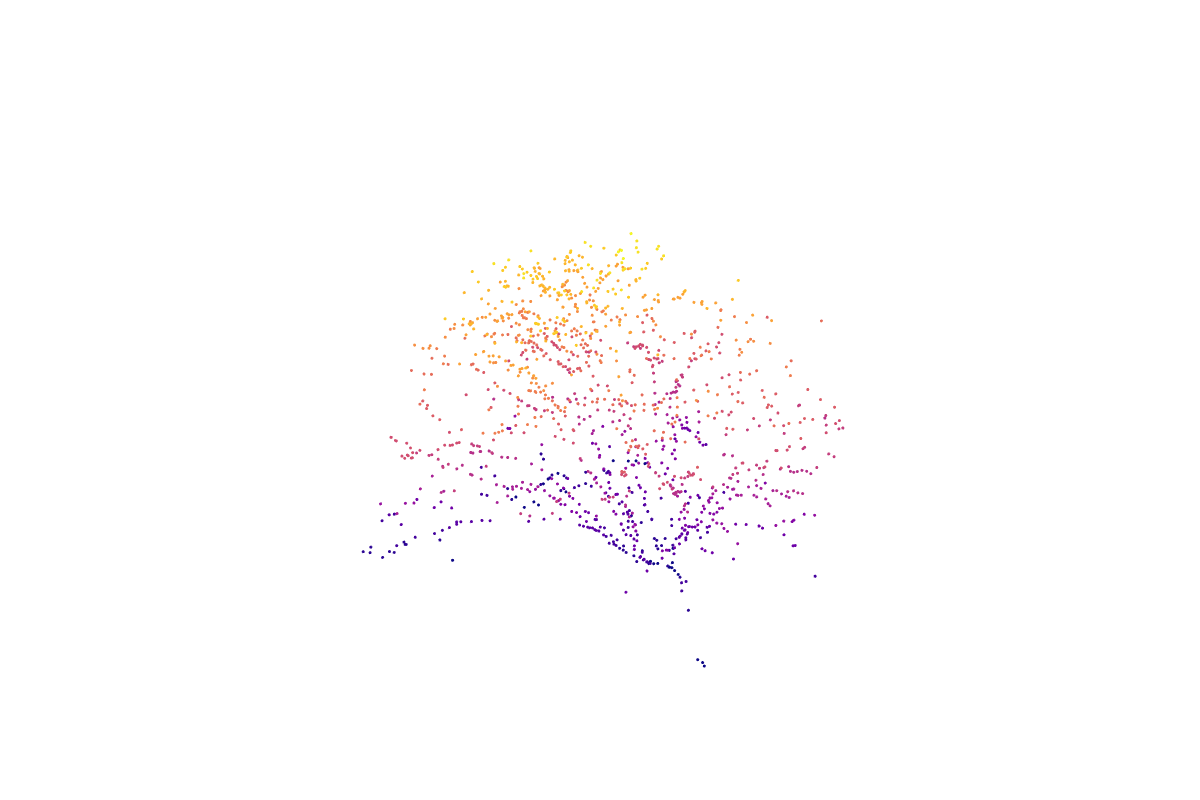
Punktbasierte Analysen


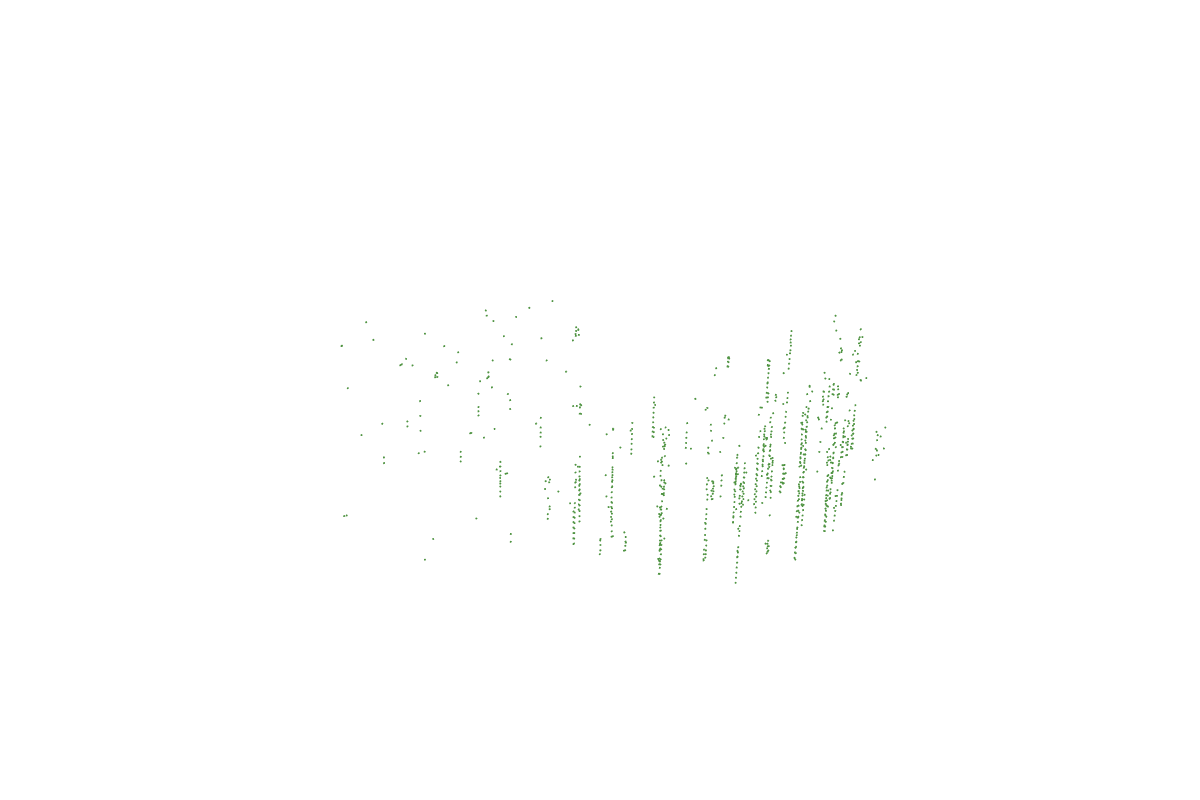
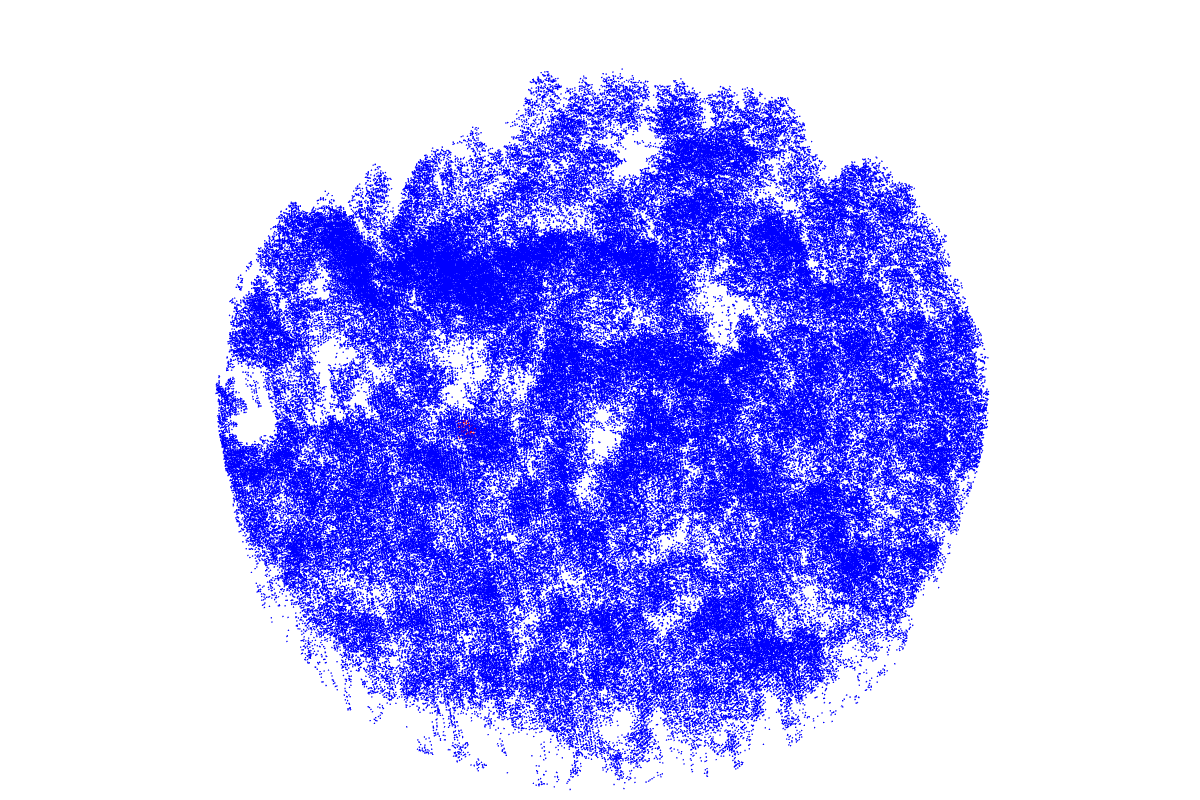
Anwendungen im Wald
Publikationen

Figure 3: Number of publications by year for (lidar OR laser) AND (forestry OR forest OR tree) (from dimensions.ai)
19 der 20 meistzitierten Wisschenschaftler kommen aus Skandinavien oder Nordamerika
Waldstruktur

Kronenlücken

Figure 5: Forest Gap Change Detection (from https://github.com/carlos-alberto-silva/ForestGapR)
Umweltmonitoring


LAD/ LAI
from Almeida et al. (2019)
Stichprobeninventuren
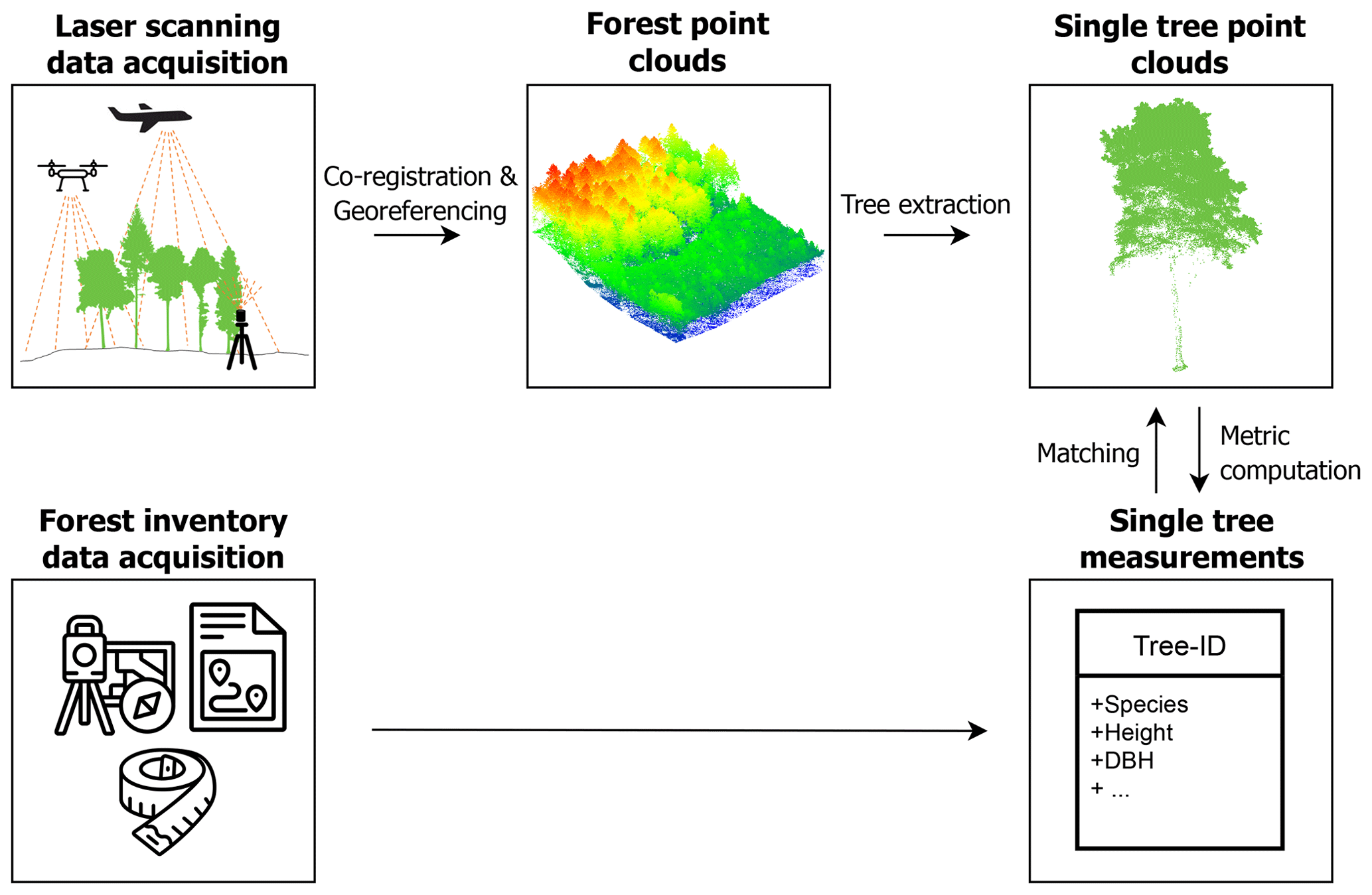
aus Weiser et al. (2022)
Stichprobeninventuren
für ein stratifiziertes Sampling neuer oder ergänzender Stichprobenpunkte

aus (Goodbody et al. 2023)
Stichprobeninventuren

aus Jucker et al. (2017)
Biomasse Modellierung
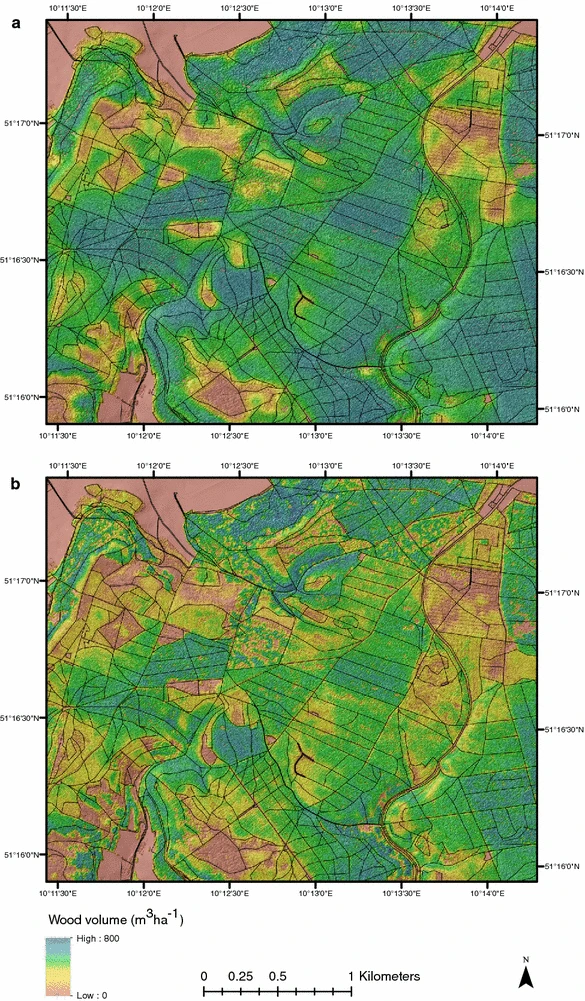
Figure 6: Landscape scale extrapolation of wood volume (from Levick, Hessenmöller, and Schulze (2016))
Waldwachstum
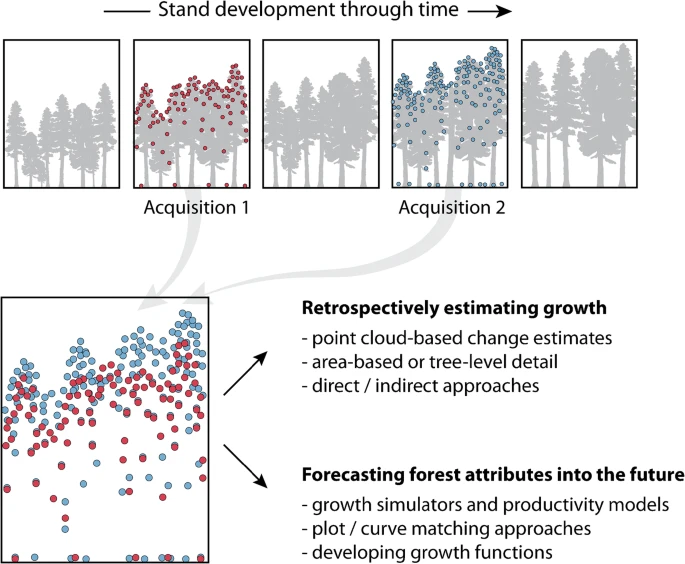
Figure 7: Approaches used to characterize change in forest attributes (from Tompalski et al. (2021))
Multitemporales Beispiel
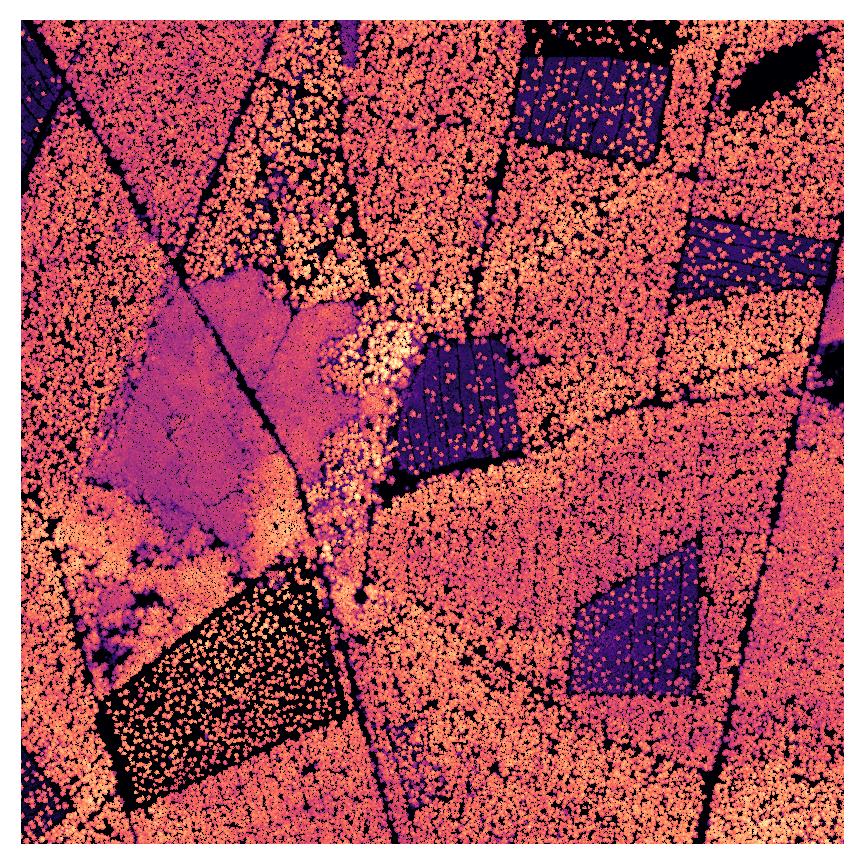
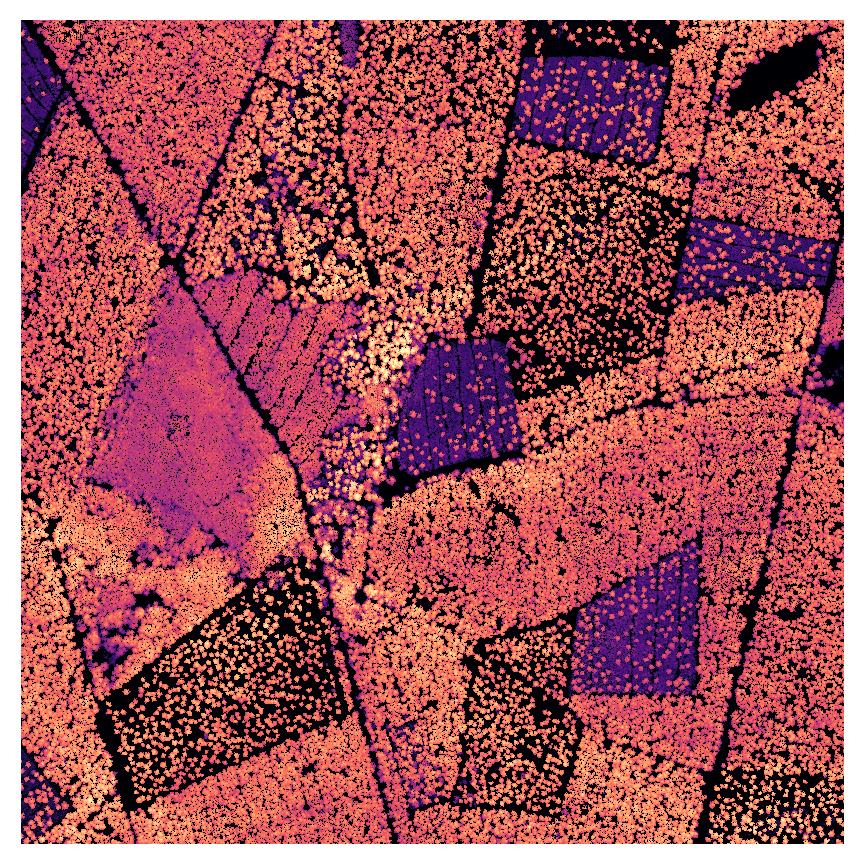
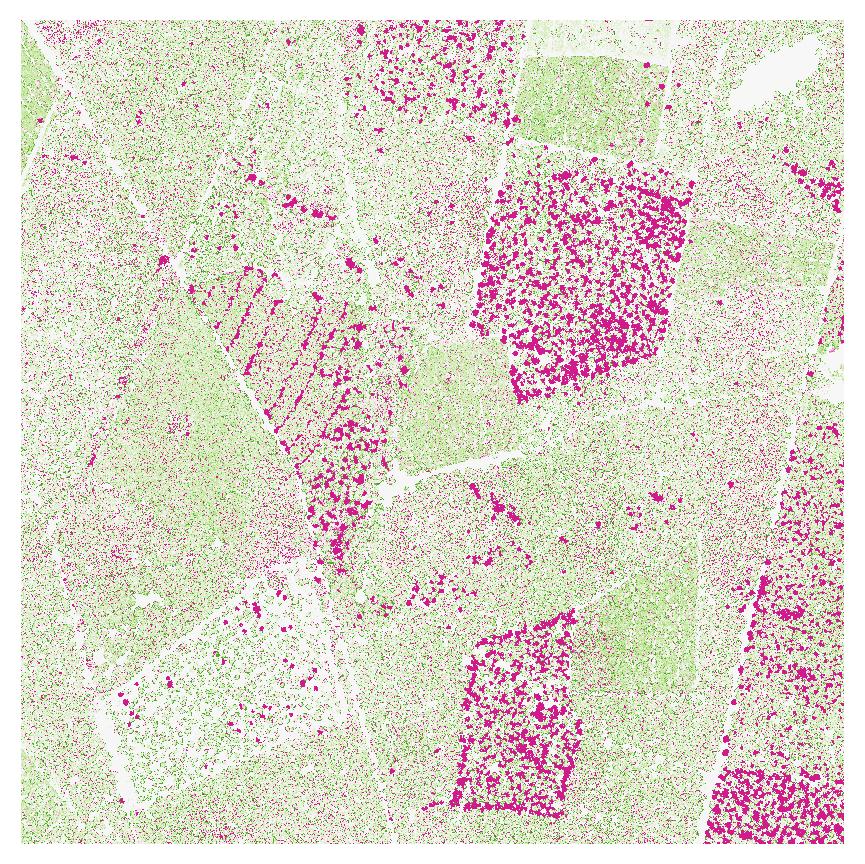
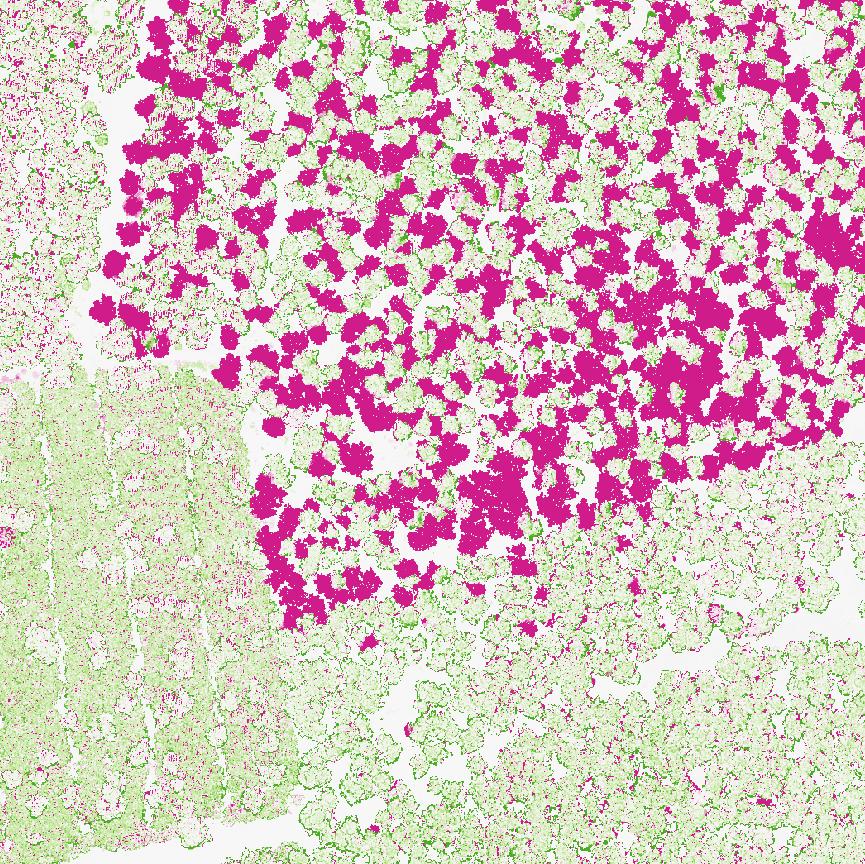
Bestandesinventur
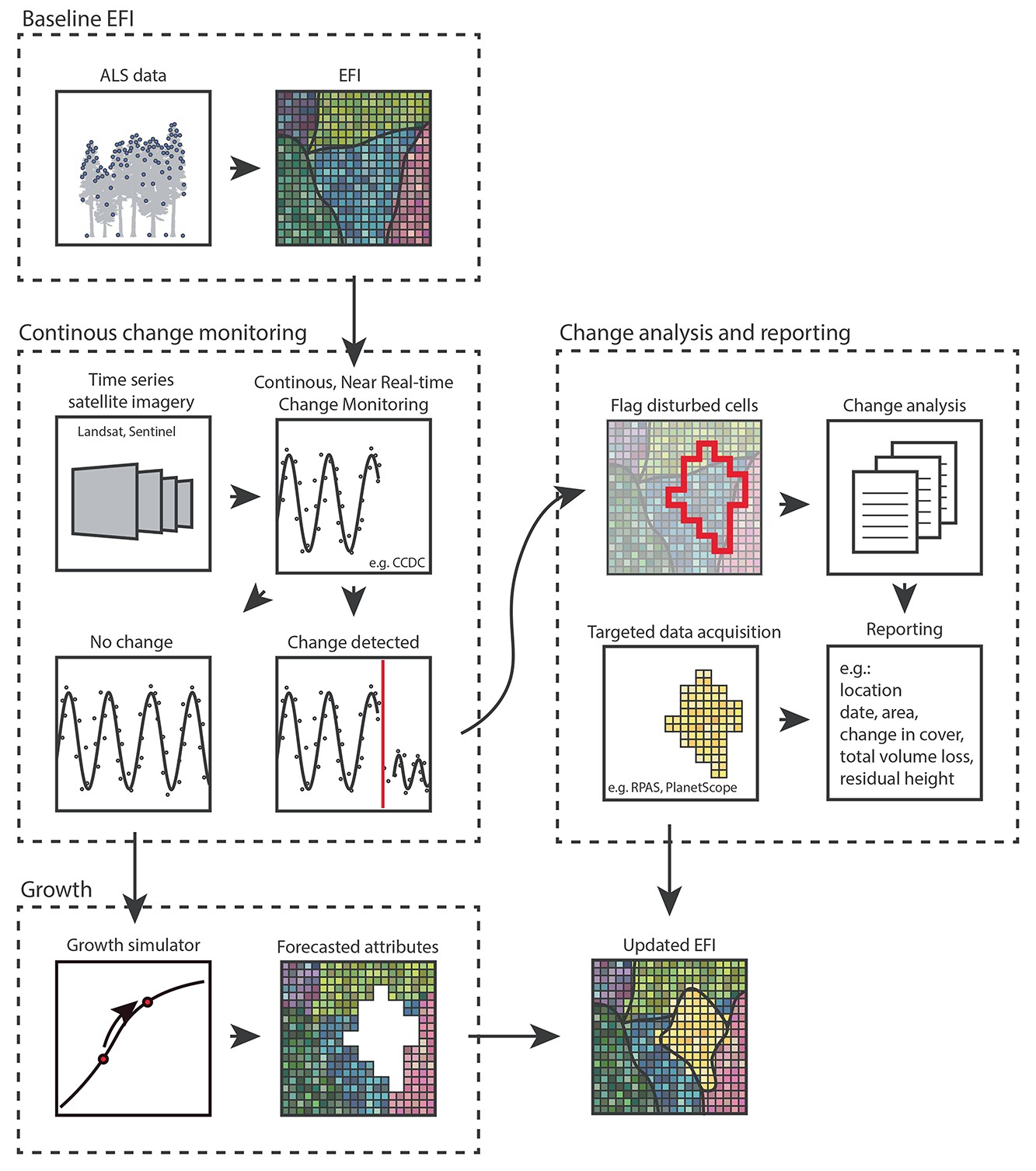
Figure 8: Concept of updated forest inventory (from Coops et al. (2023))
Totholz

Figure 9: Graphical abstract of tree trunk detection with ALS data (from Heinaro et al. (2021))
Geomorphologie
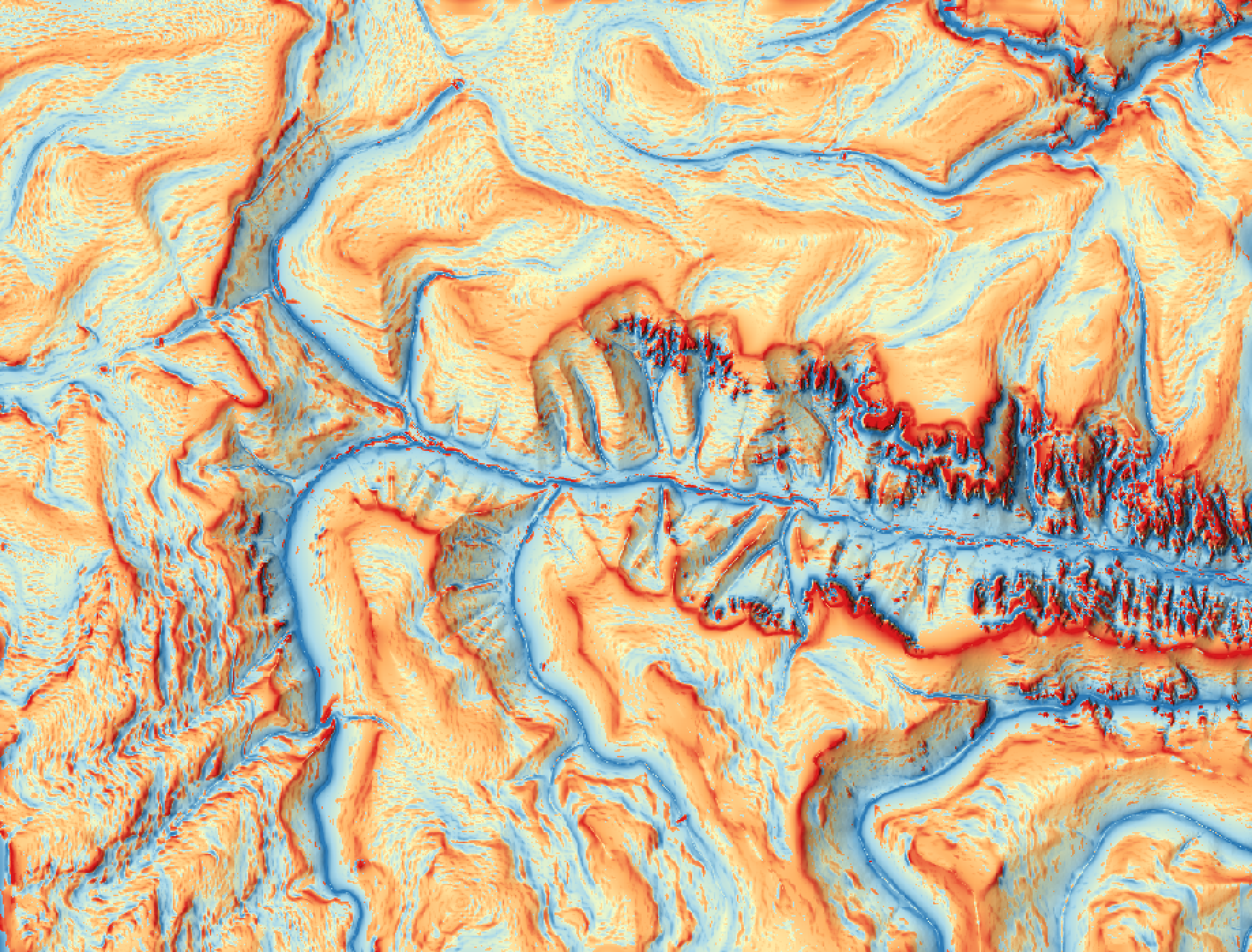
Figure 10: Multiscale unsphericity curvature calculated from DTM as geomorphometric terrain index.
Hydrologie
Figure 11: Topographischer Feuchteindex
Hydrologie
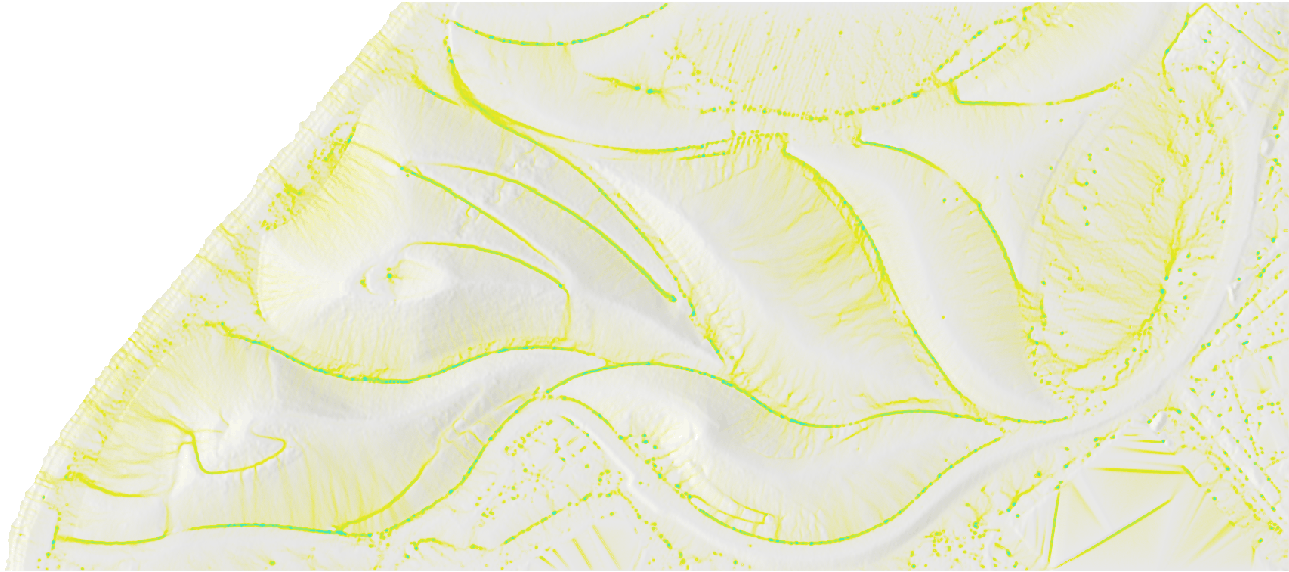
Figure 12: Simulation des oberflächennaheeen Waserflusses (from baharmon.github.io)
Rückegassen
Figure 13: Skid trails derived from ALS data (from Lenoir et al. (2022))
Rückegassen
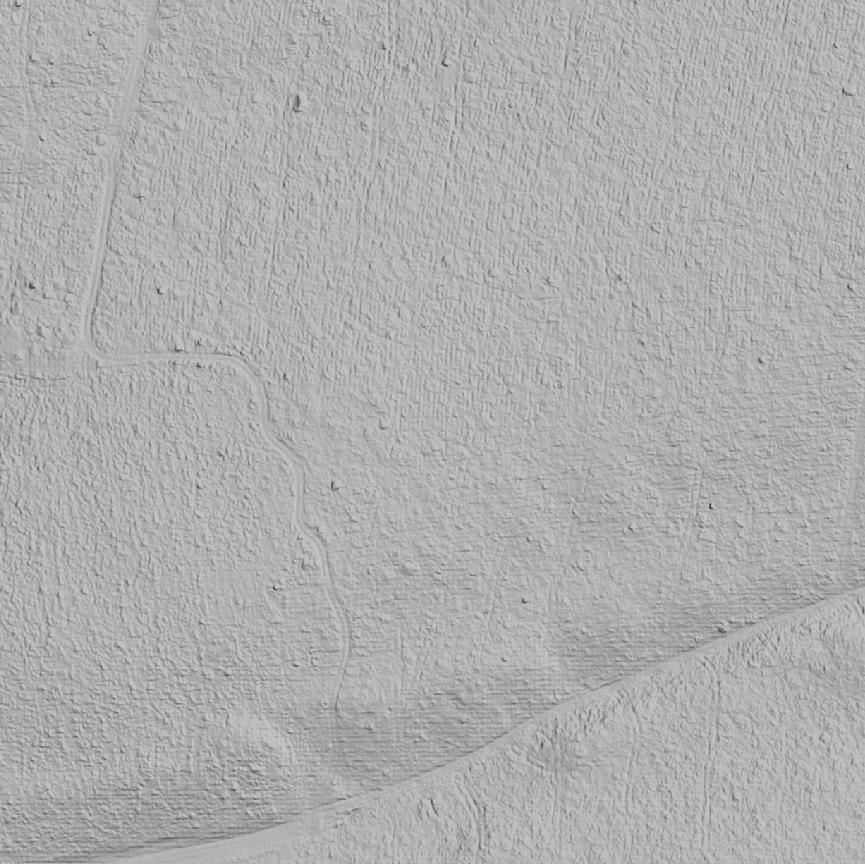
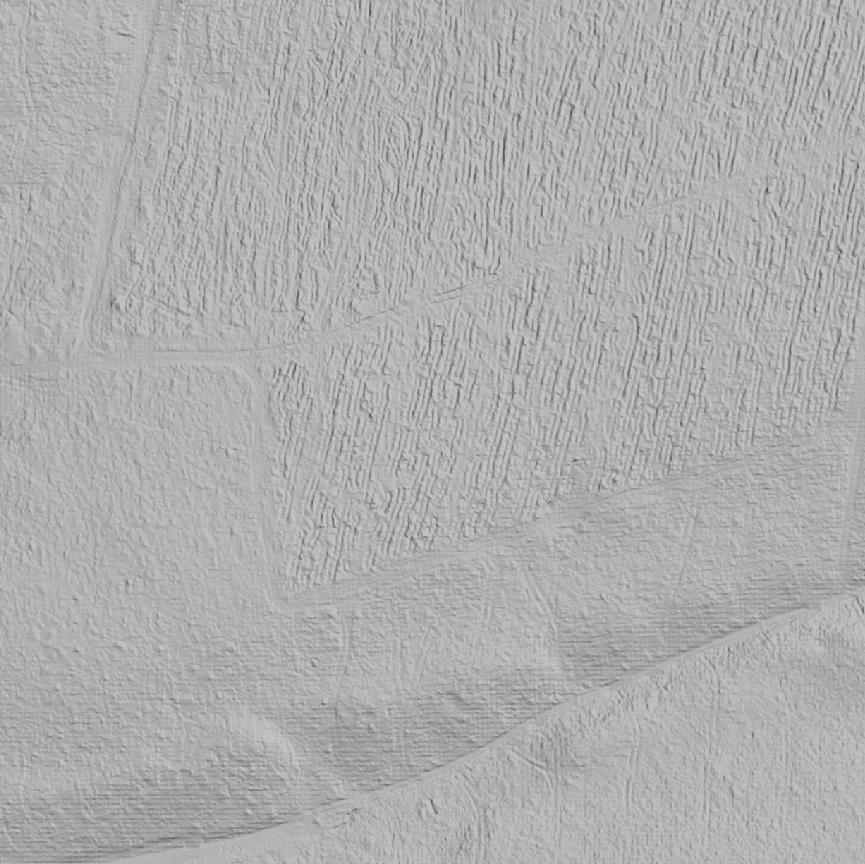
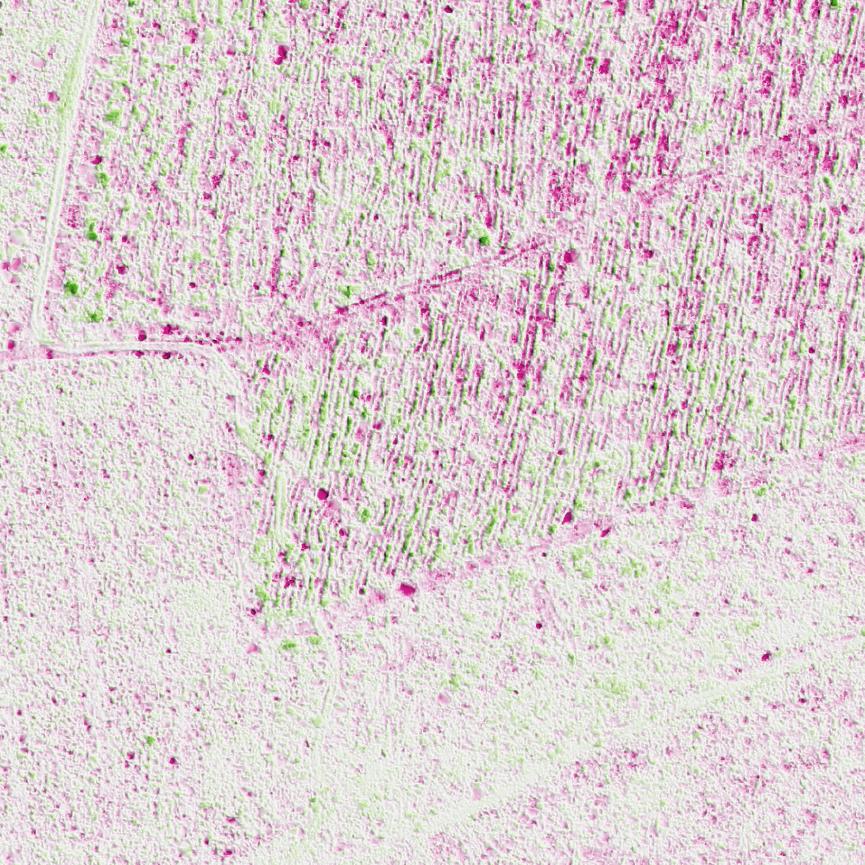
Schadensanalyse
Risikomodellierung, Schadensbewertung, Aufforstungsplanung,…
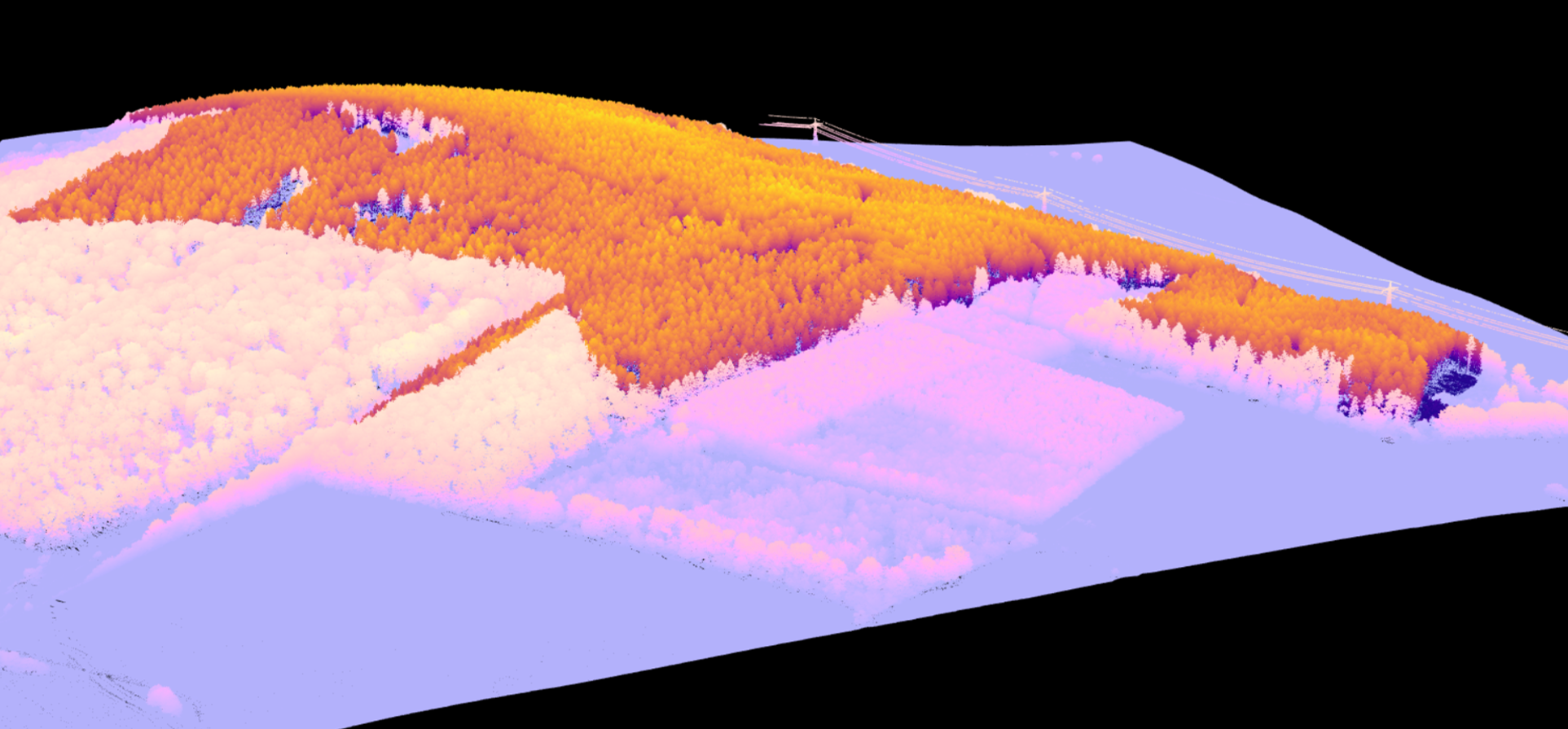
Figure 14: Verschneidung von ALS und kartierten Schadflächen
TLS - Biomasse
Figure 15: 3D TLS data to study biomass of individual trees (from Calders et al. (2022))
TLS - Waldstruktur

Figure 16: Sideview of experimental site in TLS (from twitter.com/LouiseTerrynn)
TLS/PLS - Plotaufnahme
PLS - Poltervermessung

Figure 17: Poltervermessung mit Smartphone (from afz-derwald)
SLS (GEDI) - Biomasse
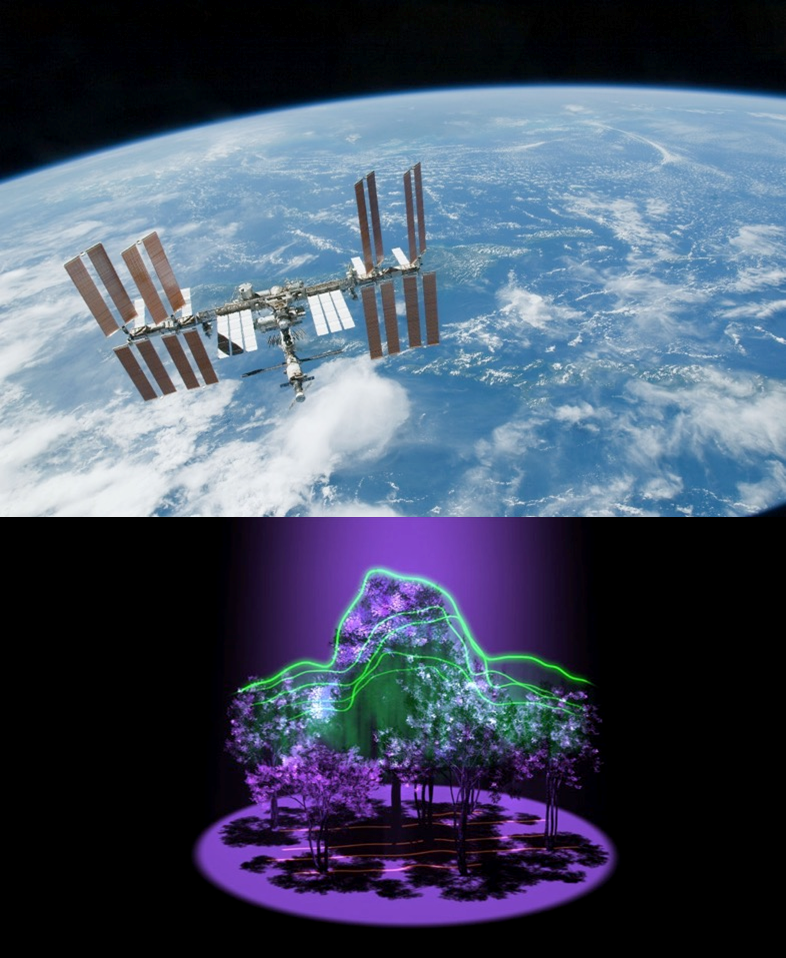
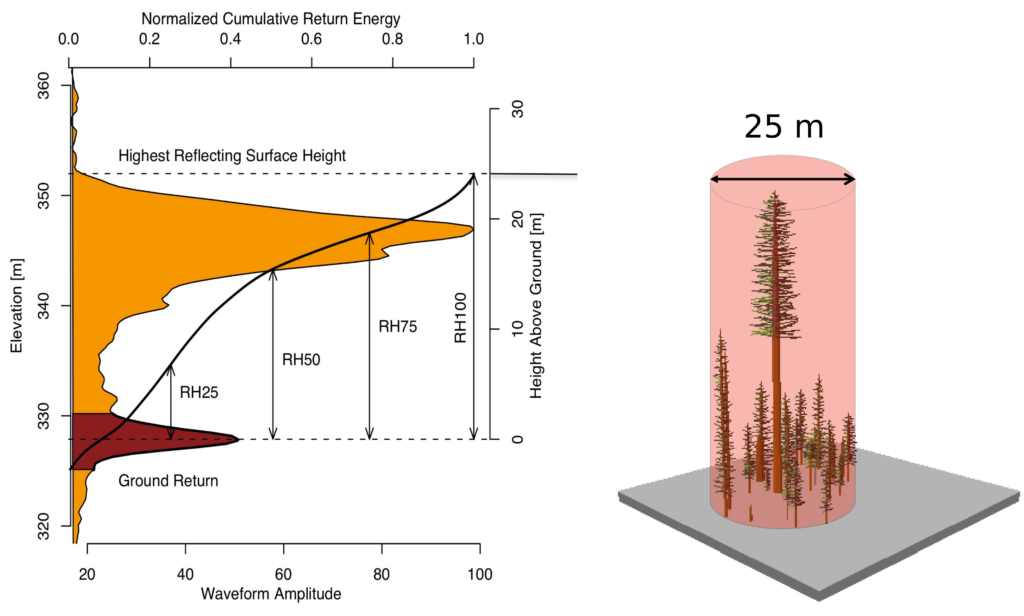

Zusammenfassung
Einsatzmöglichkeiten NW-FVA
Berührungspunkte zu nahezu allen Forschungs- und vielen Praxisbereichen
Waldwachstum
- Baumwachstum
- Bestandesstruktur
- Risikomodellierung
- Integration Betriebsinventur
Waldschutz
- Waldschadenserfassung
Waldgenressourcen
- Versuchsflächenerfassung (Wachstum, Habitus)
Umweltkontrolle
- LAI estimation
- Hydrologische Modellierung
- Waldzustand
Waldnaturschutz
- Waldstruktur/ -dynamik
- Habitatkartierung
- Totholz
Einsatzmöglichkeiten Forstbetrieb
großes Potenzial für die Integration von Lidar-Daten
- Forsteinrichtung
- Waldumbauplanung
- Waldfunktionenkartierung
- Anlage permanenter Rückegassen
- Standortskartierung
Fazit
Nutzung von Lidar im Forstbereich in Deutschland bisher völlig unterschätzt
Lidar Daten werden in Zukunft zentraler Datenbestandteil sein
- Datenerfassung wird billiger (Sensoren, IPhone)
- Öffentliche Daten immer mehr Open Data
- große Projekte zur Datenerfassung (BKG)
- Datenverarbeitung wird effizienter (AI)
- Situation erfordert neue Wege (Klimawandel, Personalmangel)
Können wir Messungen im Feld jetzt einstellen?
- nein, (Inventurpunkte, Untersuchungsflächen,…) bleiben enorm wichtig
Wir brauchen mehr Austausch (und digitale Kompetenzen)
Appendix
Gelände
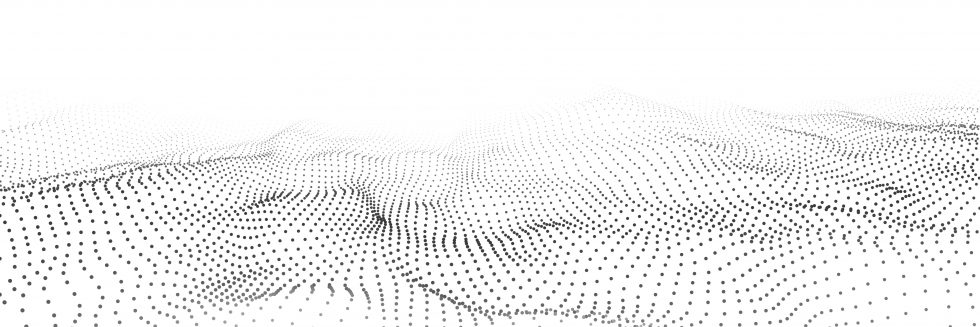

Tree detection

Figure 18: Example of individual tree detection from ALS data (from www.wur.nl)
Pflanzegesellschaften
Figure 19: Using Lidar to highlight legacy effects still affecting the current composition of understory plant communities and their responses to macro-environmental changes (from Lenoir et al. (2022))
Forst-Fernerkundungs Studien in Deutschland
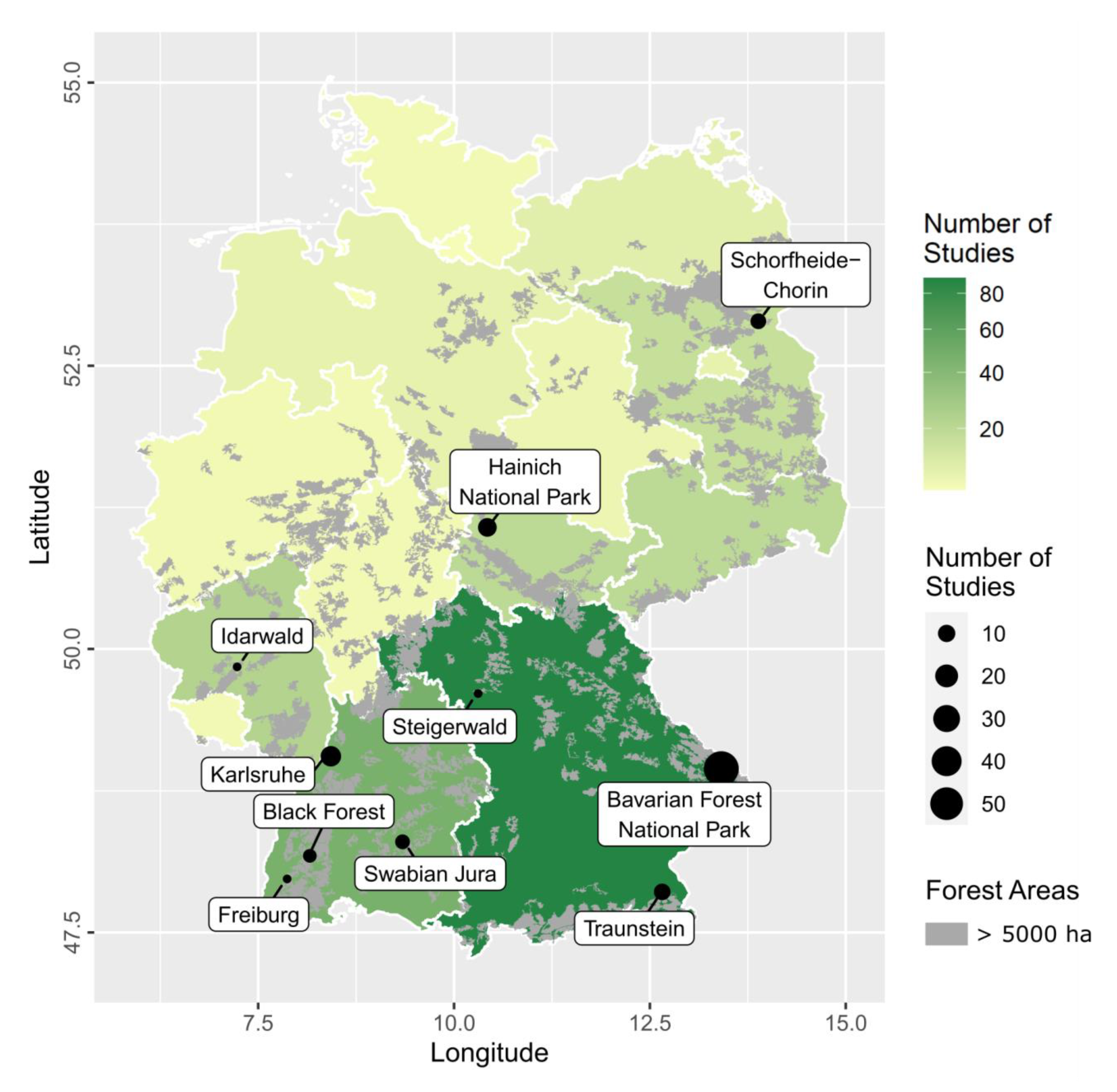
Figure 20: Anzahl von Studien pro Bundesland und Orte mit den meisten Studien
aus Holzwarth et al. (2020)
Genutzte Sensoren in Deutschland
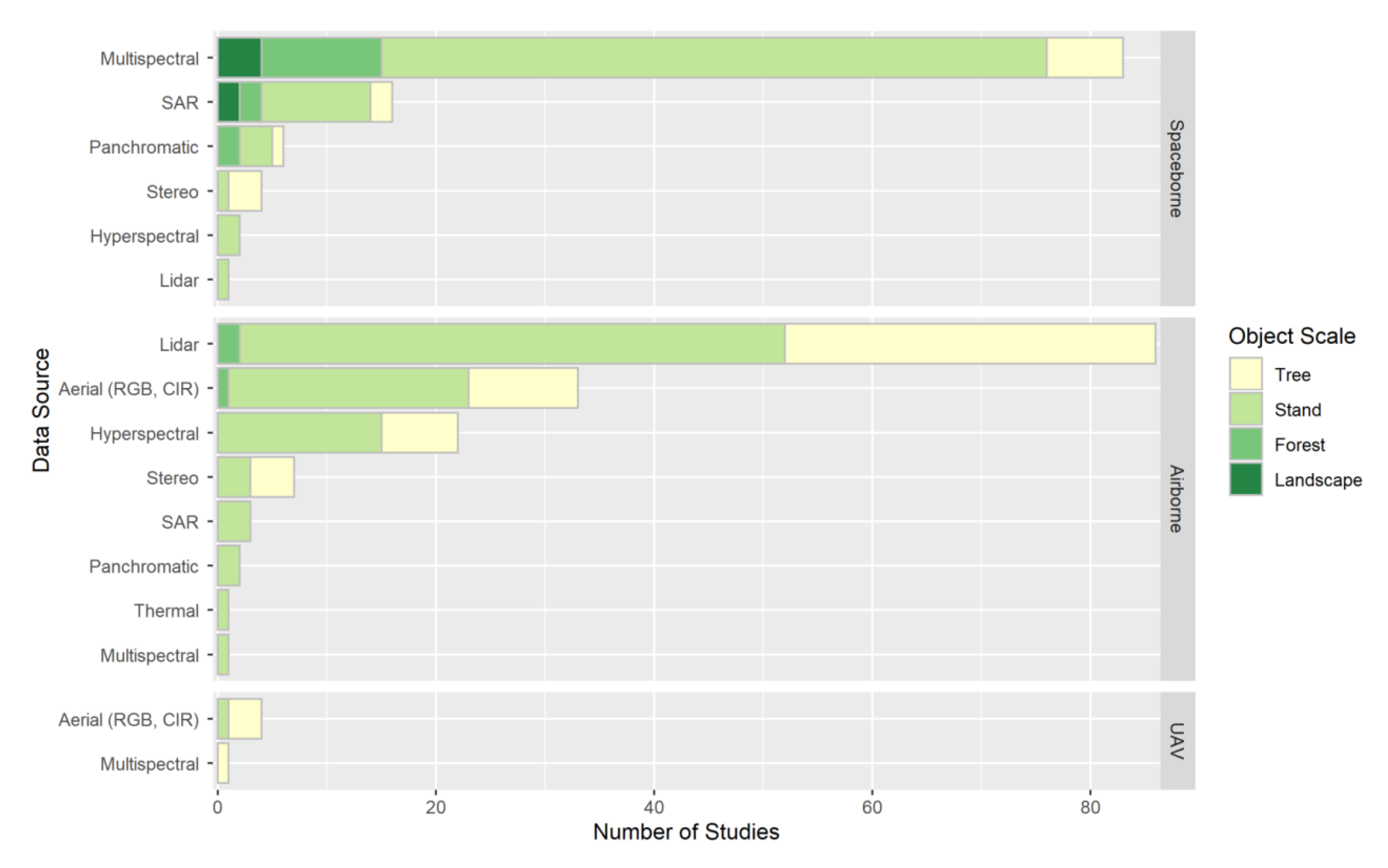
Figure 21: Anzahl der Studien sortiert nach Plattform und Sensor getrennt nach Untersuchungsebene
aus Holzwarth et al. (2020)
Lidar Sensoren

Figure 22: Comparison of lidar sensor types used in airborne systems (from Mandlburger, Lehner, and Pfeifer (2019))
ALS CHM vs. image based CHM

Figure 23: Comparison of ALS- and image-based canopy height model (from White et al. (2013))
Enhanced forest inventory

Figure 24: Enhanced forest inventory for continuous data integration
Terrain Produkte
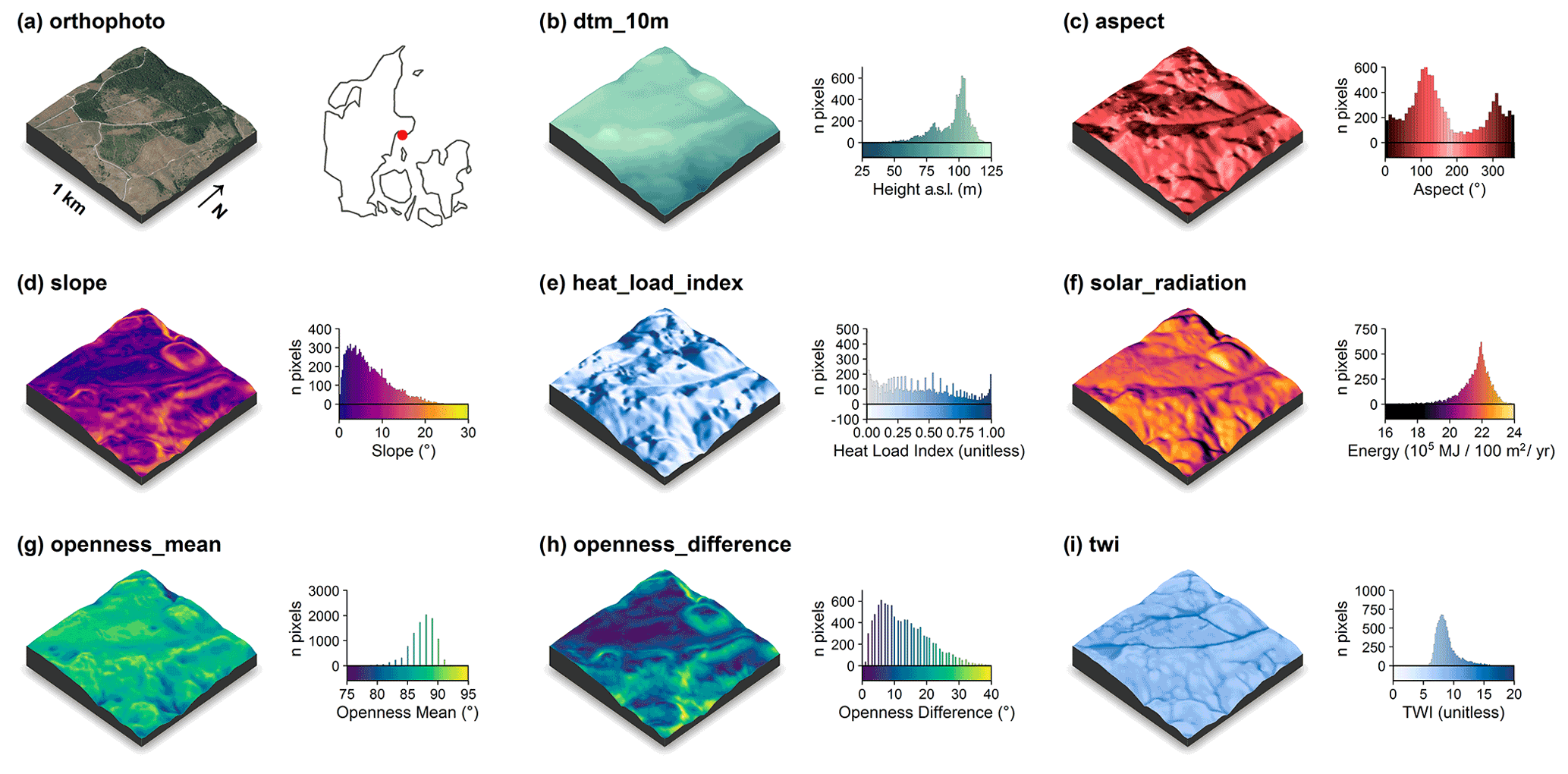
Figure 25: Terrain model derived descriptors to support forest decisions (from Assmann et al. (2022))
Waldwachstum

Figure 26: Approaches used to estimate past change in forest inventory attributes (from Tompalski et al. (2021))